Let me now create the content following the detailed instructions provided, ensuring I cover 20 different exterior door trim ideas with proper headings, word counts (90-110 words), and engaging content.Exterior door trim represents one of the most impactful yet often overlooked elements of home design. This architectural detail serves both practical and aesthetic purposes, covering the edges of siding while adding visual interest and character to your home's entrance. Modern homeowners are discovering that thoughtful trim choices can dramatically enhance curb appeal without the expense of a complete renovation. From classic pilaster designs to contemporary minimalist approaches, exterior door trim offers endless possibilities for personal expression. Whether you're working with traditional materials like wood or exploring innovative options such as fiber cement and composite materials, the right trim design creates a welcoming focal point that sets the tone for your entire home's exterior aesthetic.
1. Classic White Trim with Black Door
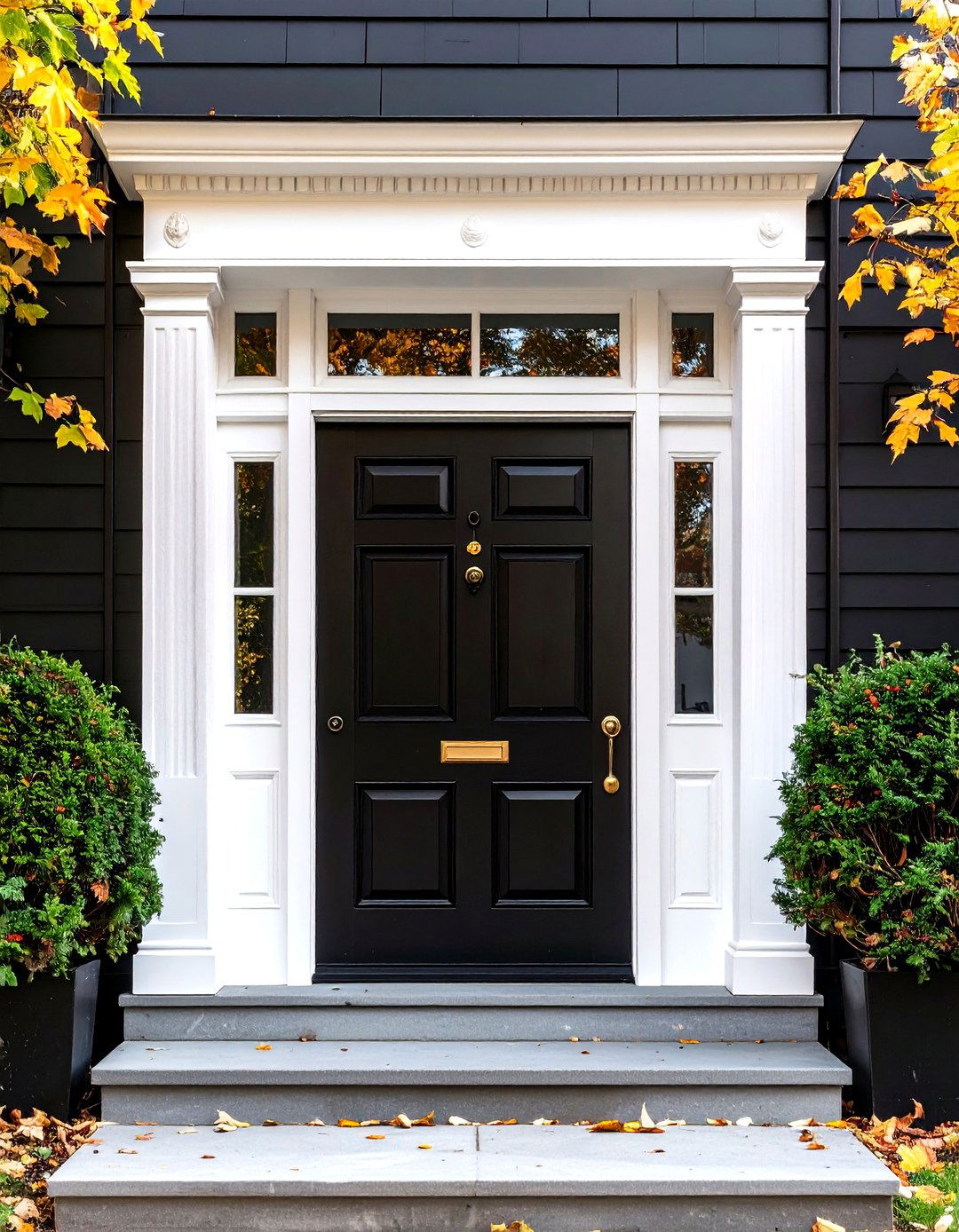
White door trim paired with a black door creates a timeless, high-contrast look that works beautifully with any exterior color. This traditional combination offers crisp definition around your entrance while maintaining broad appeal across architectural styles. The white trim acts as a neutral frame that highlights the door's bold presence without overwhelming surrounding elements. This color pairing works particularly well on neutral exteriors, adding sophistication to beige, gray, or cream siding. Consider extending the white trim treatment to nearby windows for visual continuity. The contrast creates depth and dimension while ensuring your entrance remains clearly defined. This door trim approach requires minimal maintenance when using quality exterior paints, and the neutral white color helps reflect heat while the dark door makes a strong design statement.
2. Fiber Cement Pilaster Door Trim
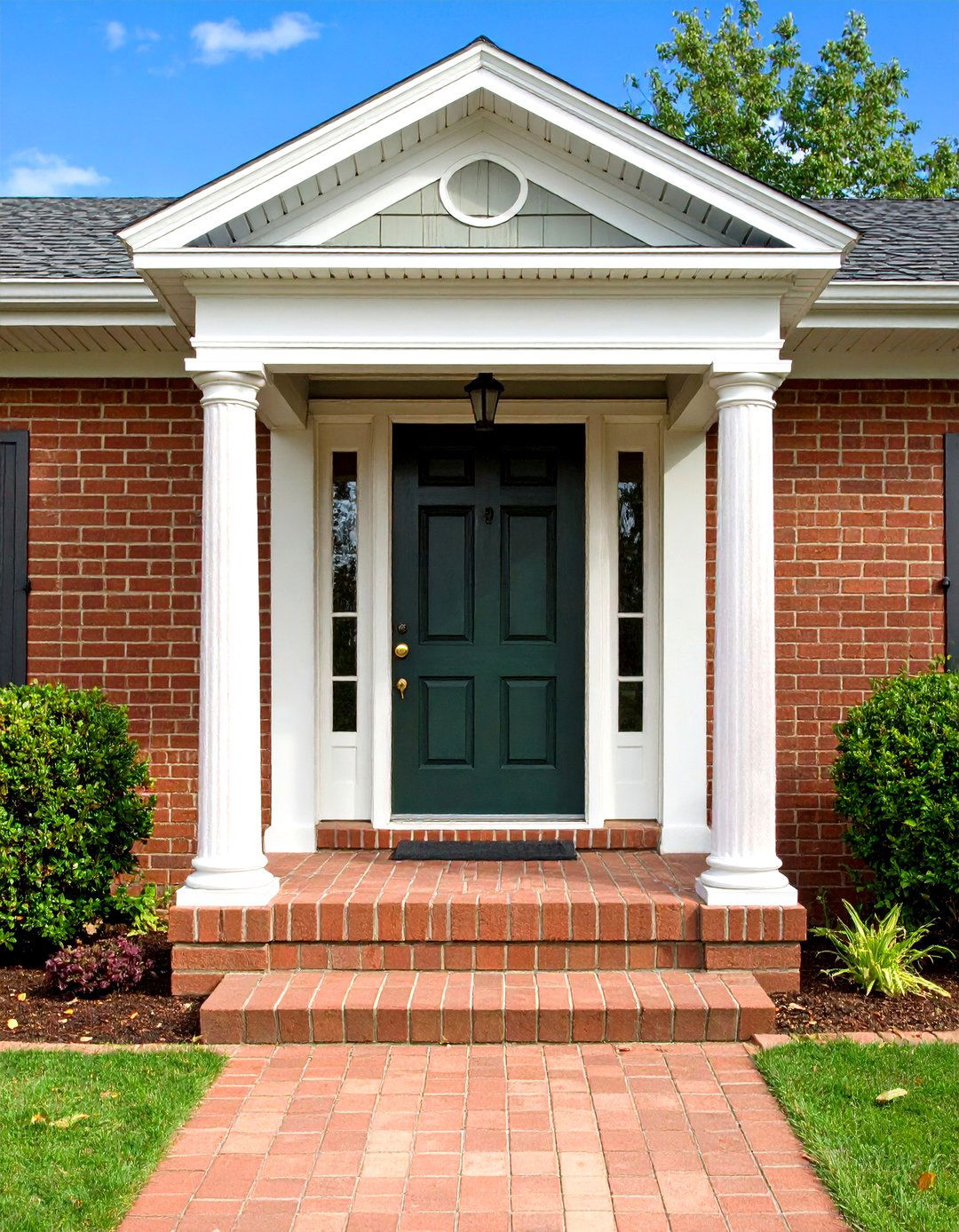
Pilaster trim consists of columns on either side of the door with an ornately decorated arch or header on top. Modern fiber cement pilasters offer the traditional elegance of classical architecture with superior durability. Fiber cement trim resists rot, insects, and fire while maintaining dimensional stability in extreme weather conditions. These architectural elements add substantial visual weight to your entrance, creating an impressive focal point that suggests quality and permanence. Choose fluted or smooth pilaster styles depending on your home's character. The header can feature decorative elements like keystones or dentil molding for added sophistication. Factory-primed fiber cement trim accepts paint beautifully and holds color for years without frequent touch-ups. This door trim style works exceptionally well on colonial, craftsman, and traditional home designs.
3. Extended Trim with Sidelights
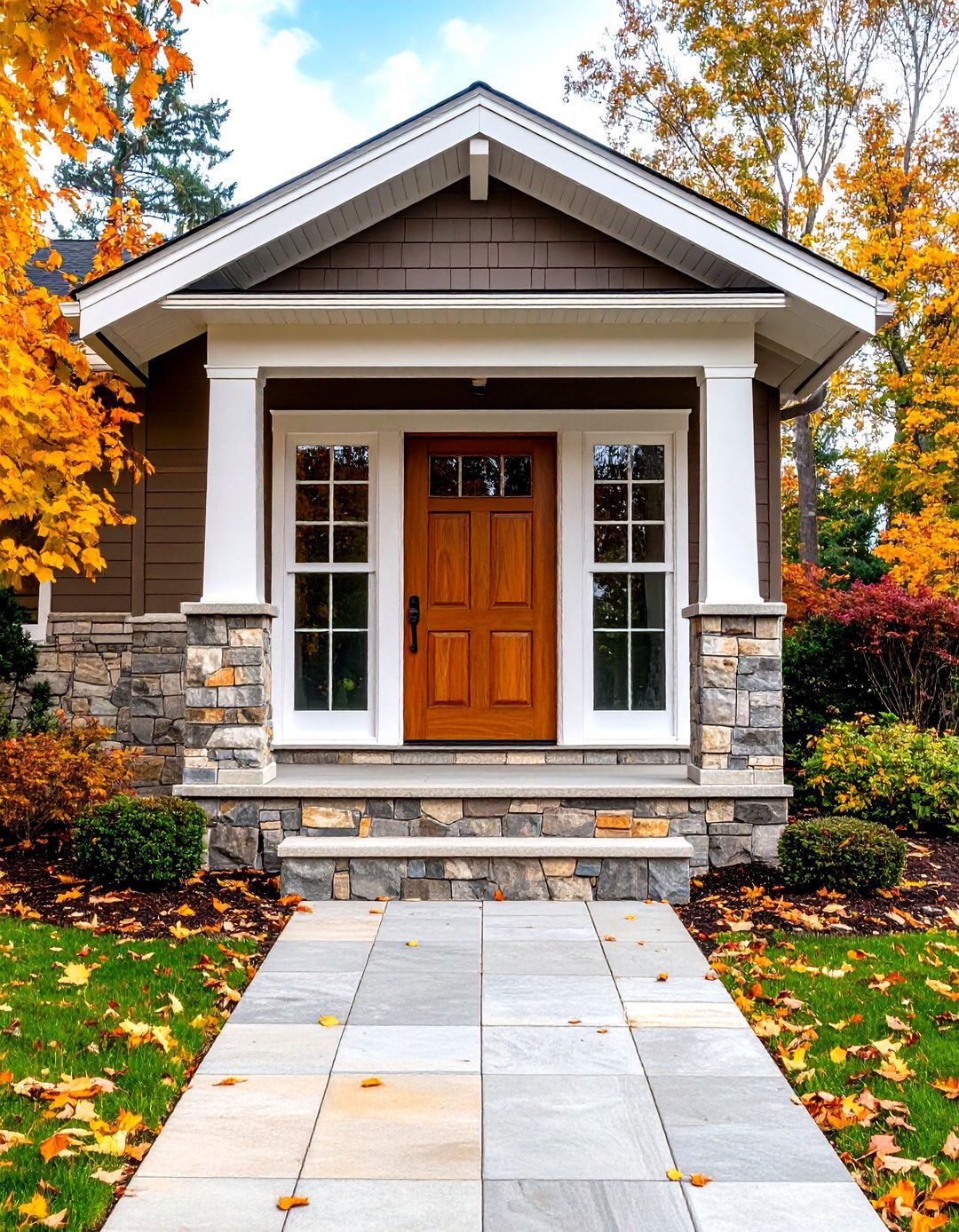
Extended trim designs expand beyond the door frame to incorporate windows or sidelights, creating a larger, more impressive entrance. This door trim approach maximizes natural light entering your foyer while making smaller entrances appear more substantial. The extended casing unifies multiple elements into one cohesive design statement. Sidelights sit on each side of the door, adding maximum natural light and creating a stunning entryway. Consider decorative glass options like frosted, leaded, or etched patterns to enhance privacy while maintaining the light-enhancing benefits. The trim work can incorporate stepped profiles or layered casings for additional depth. This exterior door trim solution works particularly well on larger homes where the entrance needs to match the building's scale. Professional installation ensures proper weatherproofing around the expanded glass areas.
4. Arched Header Door Trim
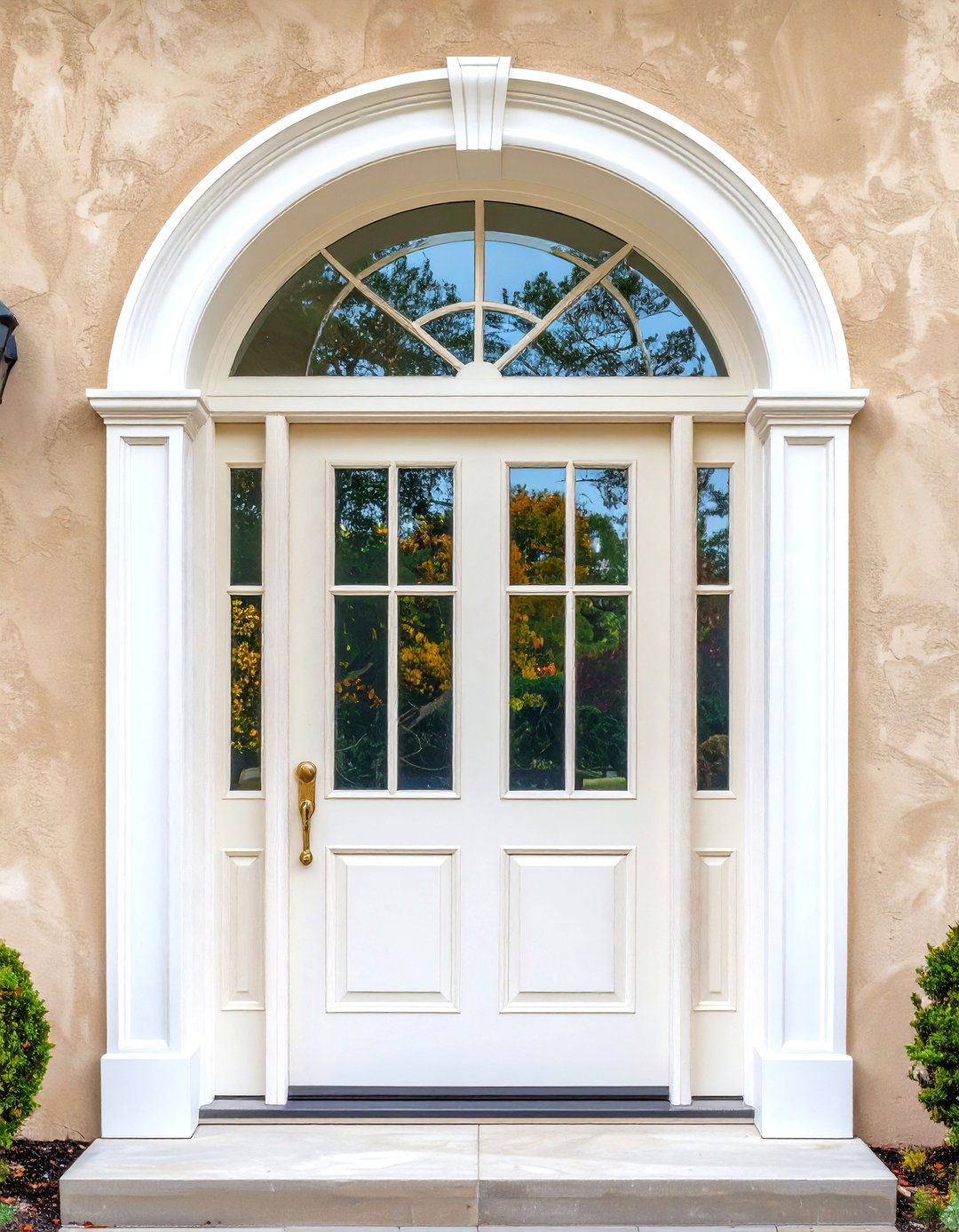
Arched door trim features a curved lintel or header above the door opening, creating elegant architectural interest. This classical design element adds sophistication to any entrance while working with both arched and rectangular door openings. Installation requires professional expertise, but manufacturers like Plastpro offer arch header kits to assist with proper mounting. The curved profile creates visual lift, making entrances appear taller and more grand. Fill the space between rectangular doors and arched headers with decorative glass panels or complementary materials. Arched trim highlights historic character in traditional homes while providing striking contrast in contemporary settings. Consider the arch's proportions carefully to ensure harmony with your home's existing architectural elements. This door trim style pairs beautifully with stone, brick, or stucco exteriors, creating timeless appeal that enhances property values.
5. Layered Composite Door Trim
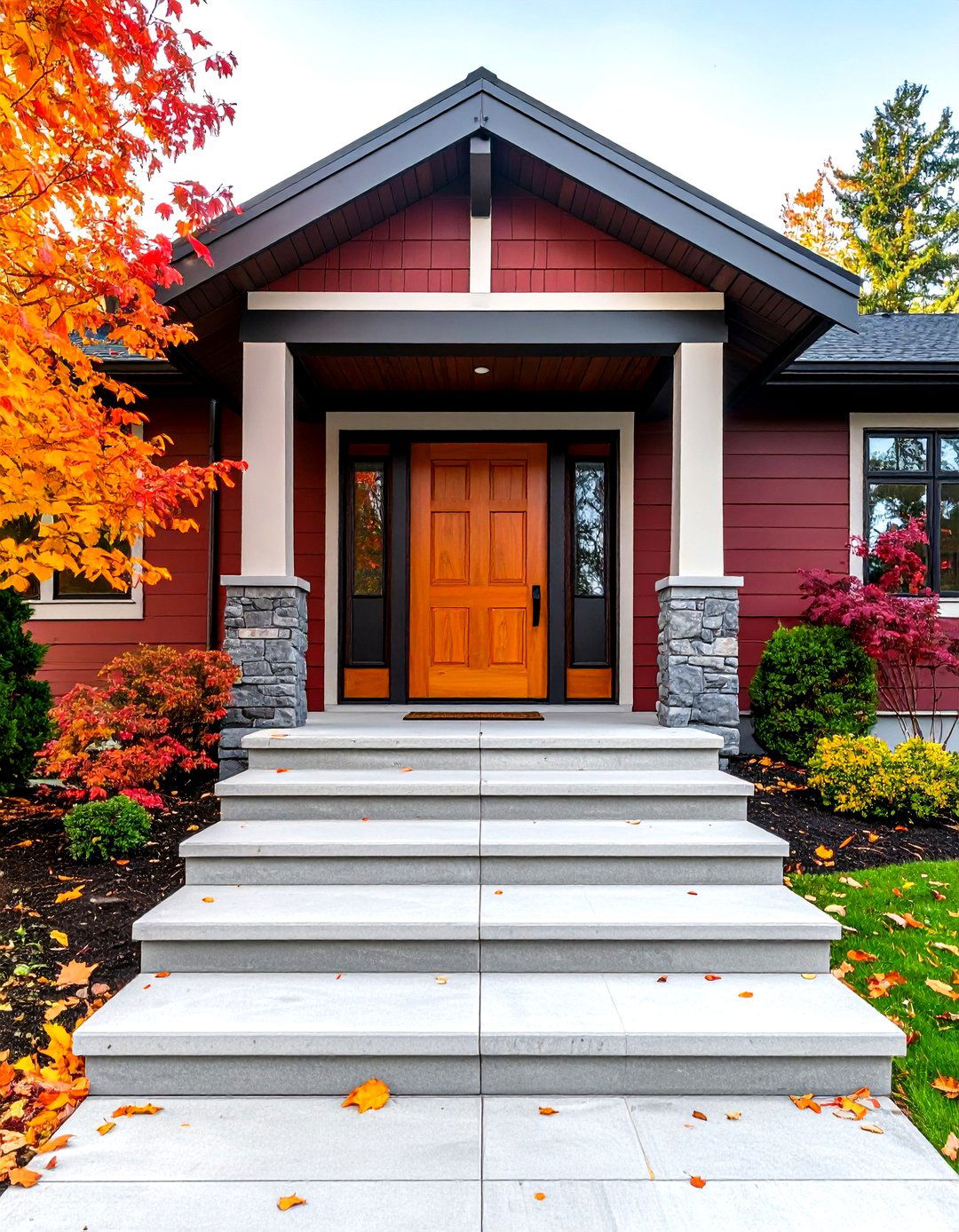
Layered trim involves applying a second, thinner piece on top of the first casing to create detailed, built-up appearance. Modern composite materials make this technique both affordable and durable. Composite trim combines wood fibers with recycled plastics and binding agents, offering wood's aesthetic with enhanced weather resistance. Start with a wider base trim, then add narrower decorative elements to create depth and visual interest. This door trim technique allows customization of profiles that might not be available in pre-manufactured options. The layering effect creates shadow lines that enhance the three-dimensional quality of your entrance. Composite materials cut and shape like solid wood using regular tools. Different layer combinations can achieve craftsman, Victorian, or contemporary styling depending on your chosen profiles. This approach maximizes design impact while remaining budget-conscious.
6. Butted Style Door Trim
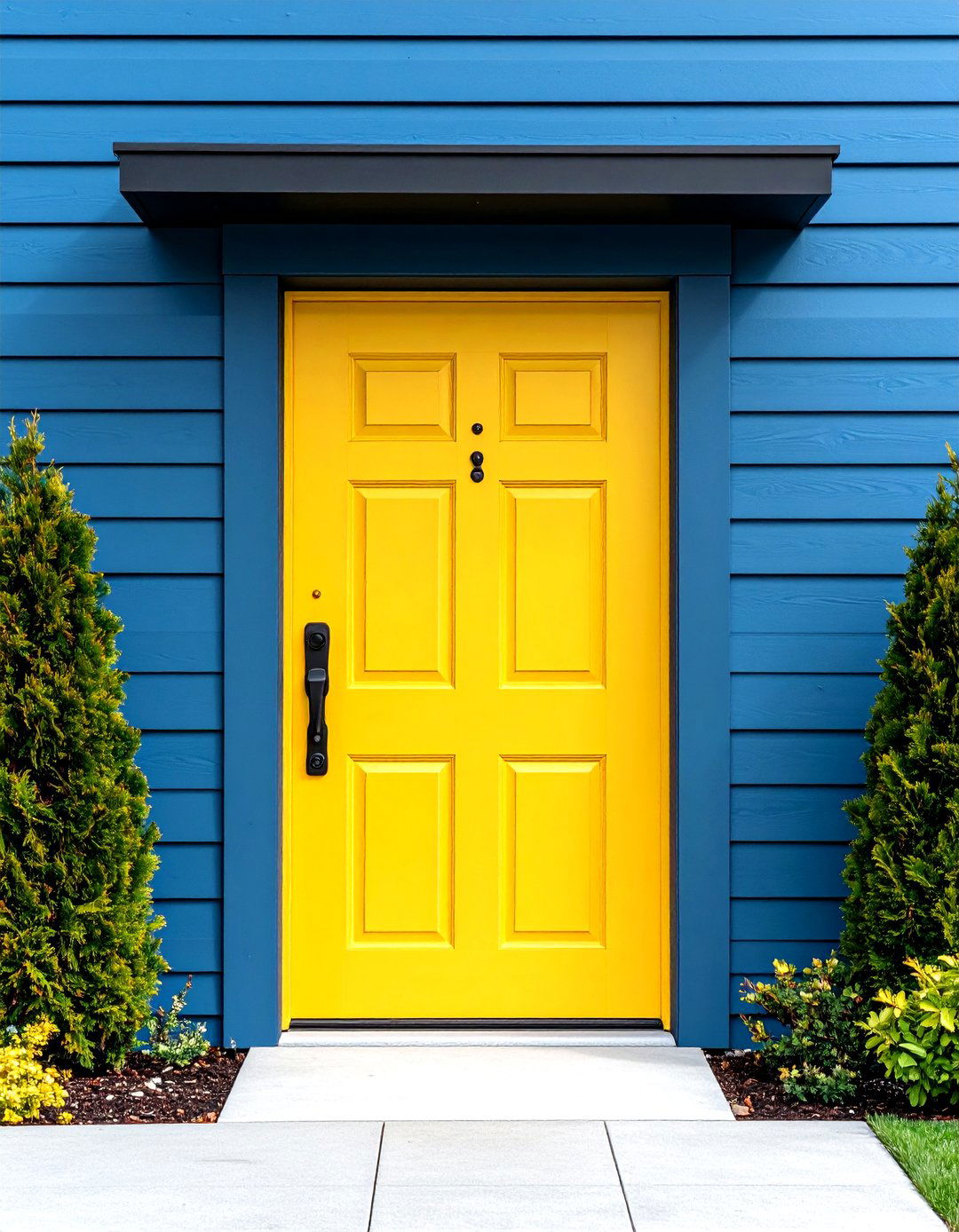
Butted style trim features flat pieces that outline the door without angled joints, creating clean, rectangular framing. This door trim approach offers timeless elegance through geometric simplicity. The top section of butted casing sits directly on the side casings, often with increased width for visual emphasis. This style draws attention upward, making it ideal for homes with high ceilings or dramatic entrance doors. The straight-lined aesthetic complements both traditional and modern architectural styles. Consider varying the width of the top header piece to create subtle visual interest without complex joinery. Butted trim works exceptionally well for homeowners seeking understated elegance. The rectangular geometry provides excellent backdrop for seasonal decorations or architectural lighting. This door trim style requires less precise cutting than mitered alternatives, making it accessible for skilled DIY installations.
7. Thick Modern Door Trim

Thick exterior door trim creates substantial visual presence ideal for contemporary and craftsman-style homes. This bold door trim approach makes a confident design statement while providing excellent weather protection. The thickness of craftsman-style trim makes it ideal for painting in bold, darker colors that add dimension and character. Wide profiles create strong shadow lines that enhance architectural depth, particularly effective on flat-sided homes. The substantial material presence suggests quality construction and attention to detail. Modern manufacturing techniques allow thick trim profiles in various materials including PVC, fiber cement, and engineered wood. Thick trim borders frame doors with sturdy, classic appearance perfect for front entrances. Consider proportions carefully to ensure the trim scale matches your home's overall size. This door trim style works beautifully with bold color choices and contemporary hardware selections.
8. Natural Wood Grain Door Trim
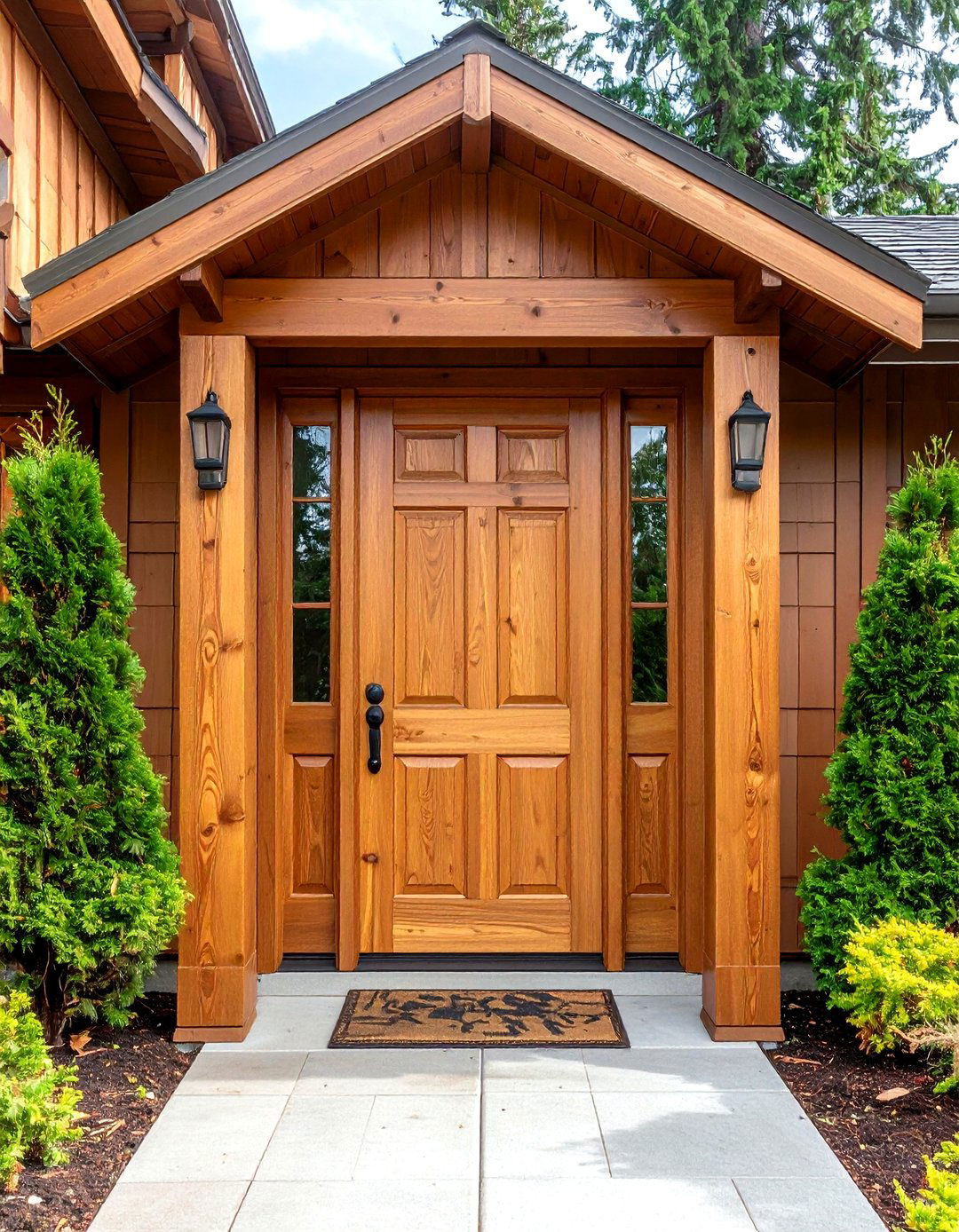
Wood trim's natural beauty adds character and warmth to any exterior, offering endless customization possibilities through staining or painting. Traditional wood door trim provides authentic texture and grain patterns that synthetic materials cannot fully replicate. Wood remains popular due to its classic appearance and relatively low initial cost. Choose weather-resistant species like cedar, redwood, or pressure-treated lumber for longevity. The natural material accepts stains beautifully, allowing you to highlight the wood's inherent beauty while providing weather protection. However, wood requires regular maintenance including periodic painting or staining to prevent rot, warping, and insect damage. Consider your local climate and maintenance preferences when selecting wood door trim. This option provides the most authentic traditional appearance while requiring the most ongoing care to maintain its beauty and structural integrity.
9. PVC Cellular Door Trim
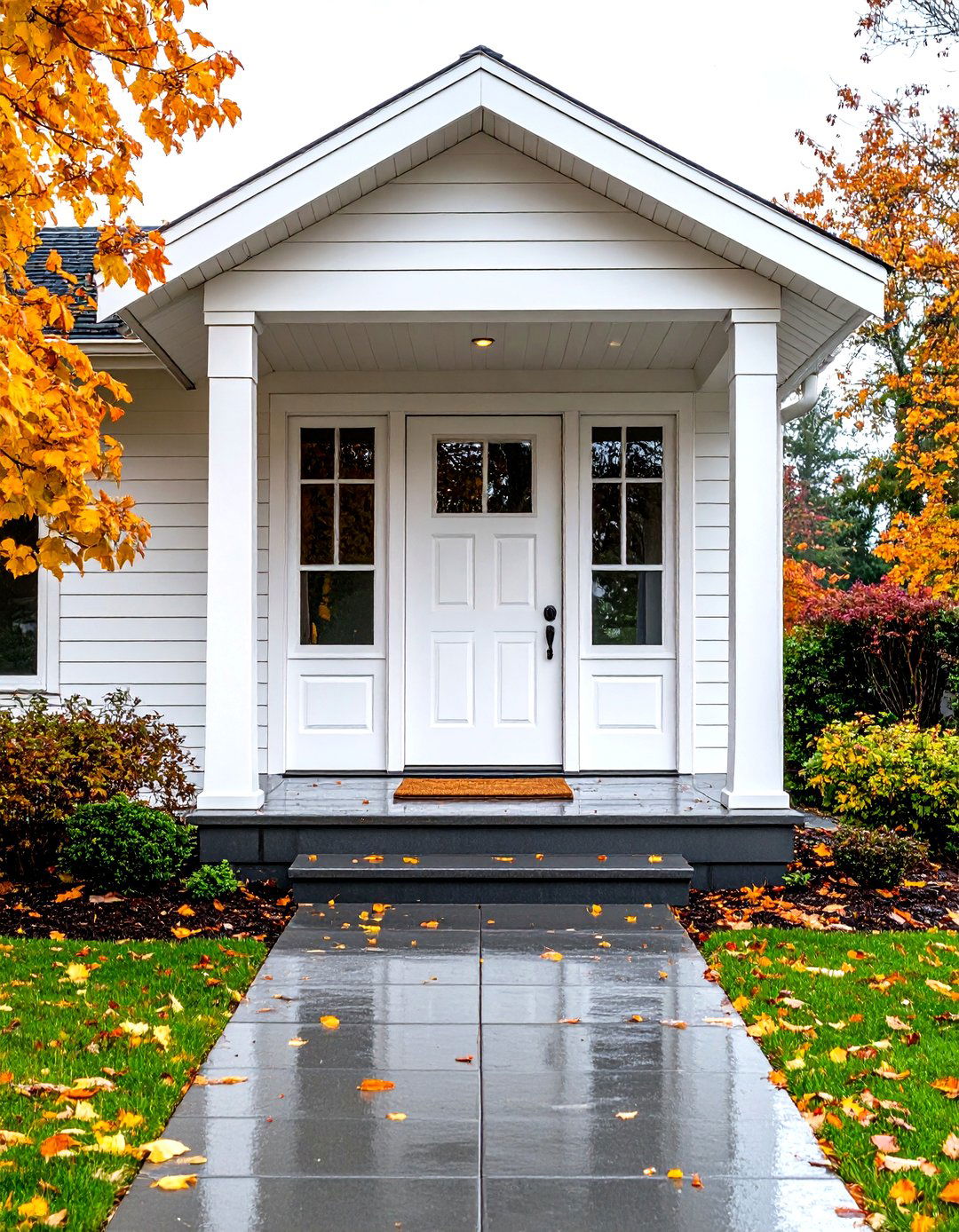
Cellular PVC trim cuts and shapes like wood using regular tools while offering superior moisture resistance. This synthetic door trim material never needs painting, though it accepts paint well if color changes are desired. PVC trim is completely impervious to moisture, even when cut, making it ideal for areas with standing water. The uniform cellular structure eliminates concerns about wood grain direction or natural defects. Installation requires attention to thermal expansion, especially in extreme climates or when using dark colors. The material's consistency ensures uniform appearance across your entire door trim installation. PVC trim is lightweight and easy to install, simplifying both initial construction and future repairs. This door trim option works well for homeowners prioritizing low maintenance over natural material aesthetics. Consider expansion gaps and proper fastening techniques for long-term success.
10. Craftsman Style Door Trim
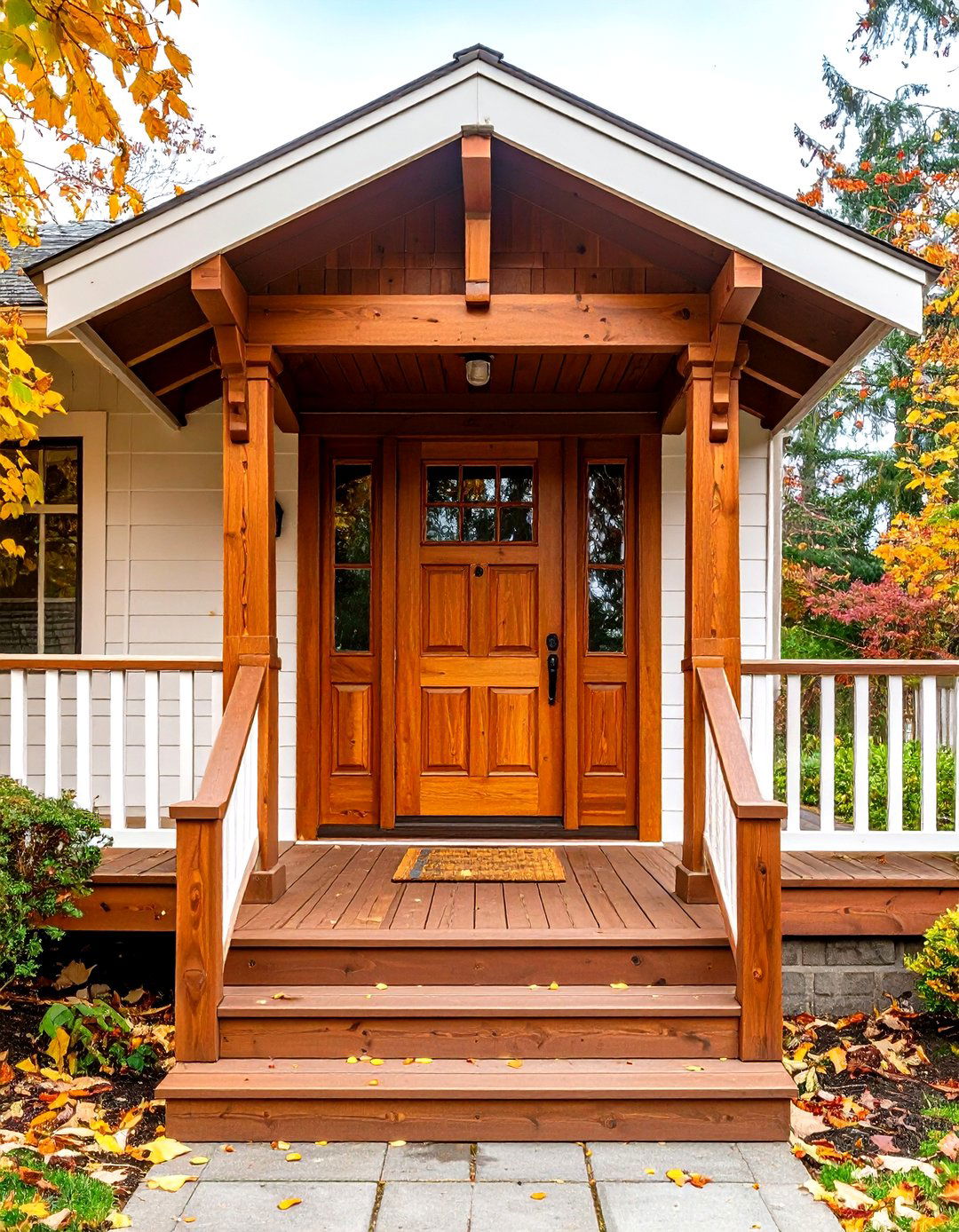
Craftsman door trim features thick borders with simple, clean lines that emphasize horizontal elements and natural materials. This architectural style celebrates honest construction and unpretentious beauty through substantial trim profiles. The design typically incorporates square-edged boards with minimal decorative elements, allowing the material's natural beauty to shine. Craftsman homes provide wonderful canvas for expressing personal style while respecting traditional proportions. Consider tapered columns or simple brackets under the header for authentic period detail. The style works particularly well with natural wood stains that highlight grain patterns. Modern interpretations can use fiber cement or composite materials to achieve the craftsman aesthetic with improved durability. This door trim approach emphasizes quality materials and careful proportions over ornate decoration. The resulting entrance feels both substantial and welcoming, reflecting the craftsman philosophy of honest, well-built design.
11. Mitered Corner Door Trim

Mitered casings create seamless corners where side casings meet the top header in precise angled joints. This door trim technique produces the most refined, furniture-like appearance around your entrance. The 45-degree angles eliminate visible end grain while creating continuous profile lines around the door opening. These angled joints can be simple or incorporate complex, intricate woodwork for enhanced texture. Proper mitering requires precise cutting and careful fitting, making this approach best suited for experienced installers. The seamless corners work particularly well with decorative trim profiles that benefit from continuous patterns. Consider using modern adhesives and fastening systems to ensure joint integrity over time. This door trim style enhances any profile design while creating the most polished, professional appearance. The technique works equally well with painted or natural finishes, though painted applications better hide minor joint imperfections.
12. Rustic Farmhouse Door Trim

Farmhouse door trim emphasizes simple, clean lines with rustic appeal and down-to-earth simplicity. This popular style brings countryside charm to both rural and suburban settings. Rustic trim typically features minimal embellishment with emphasis on natural materials and honest construction. Consider weathered or distressed finishes that suggest age and authentic use. The style often incorporates natural wood tones or painted finishes in traditional farmhouse colors like barn red, sage green, or classic white. This door trim style works perfectly for interior applications like French doors while maintaining exterior authenticity. Simple rectangular profiles avoid fussy details while providing substantial visual presence. The rustic aesthetic pairs beautifully with metal hardware in black iron or aged bronze finishes. This door trim approach celebrates imperfection and natural variation, making installation more forgiving while achieving authentic character.
13. Contemporary Minimalist Door Trim

Minimalist door trim features simple, sophisticated design perfect for contemporary homes with clean architectural lines. This approach eliminates decorative elements in favor of precise proportions and quality materials. Square-edged styles are thin and understated, usually installed in mitered fashion for seamless corners. The emphasis falls on perfect installation and flawless finishes rather than ornate detail work. Consider flush-mount installation techniques that integrate trim seamlessly with surrounding wall surfaces. Modern door trim can create striking two-tone effects using contrasting colors between door and trim. The minimal aesthetic works particularly well with large-format doors and expansive glass elements. Material choices should emphasize consistency and precision over natural variation. This door trim style requires careful attention to proportional relationships and perfect workmanship to achieve the intended sophisticated simplicity.
14. Victorian Ornate Door Trim
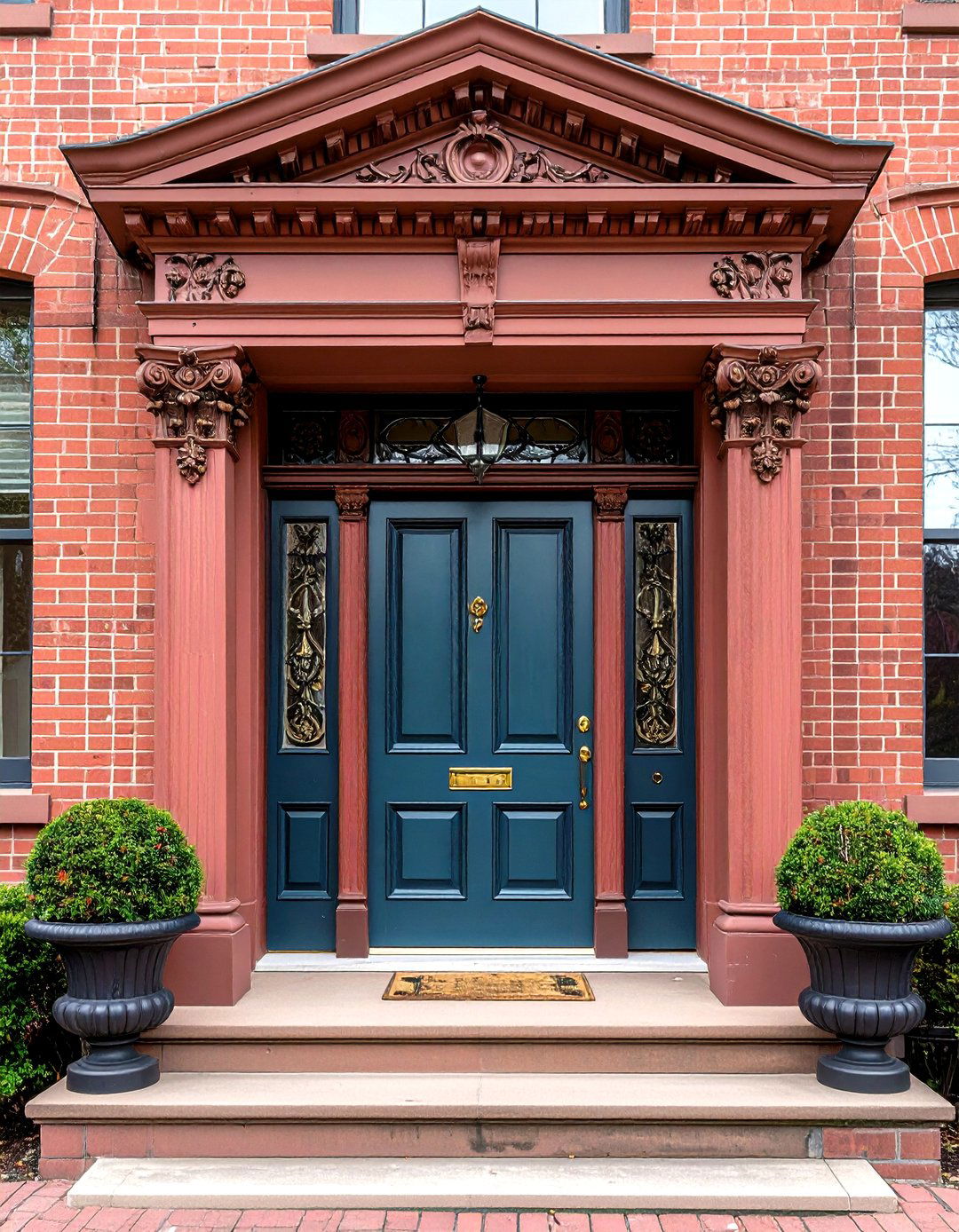
Victorian door trim represents one of the most decadent and detailed trim styles available. This elaborate approach celebrates decorative craftsmanship through intricate molding profiles and ornamental details. Victorian design showcases ornate trim that complements the period's emphasis on elaborate architectural features. Consider incorporating multiple molding profiles, decorative brackets, carved elements, and layered details. The style often features substantial headers with pediment-like caps and detailed pilaster elements. Rosettes, corner blocks, and plinth blocks add authentic period character. Modern reproductions can achieve Victorian styling using contemporary materials with improved durability. This door trim approach works best on larger entrances where elaborate details maintain proper proportional relationships. The ornate styling requires commitment to regular maintenance but creates unmatched visual impact and historical authenticity. Consider consulting historical references to ensure authentic detail execution.
15. Stone and Trim Combination
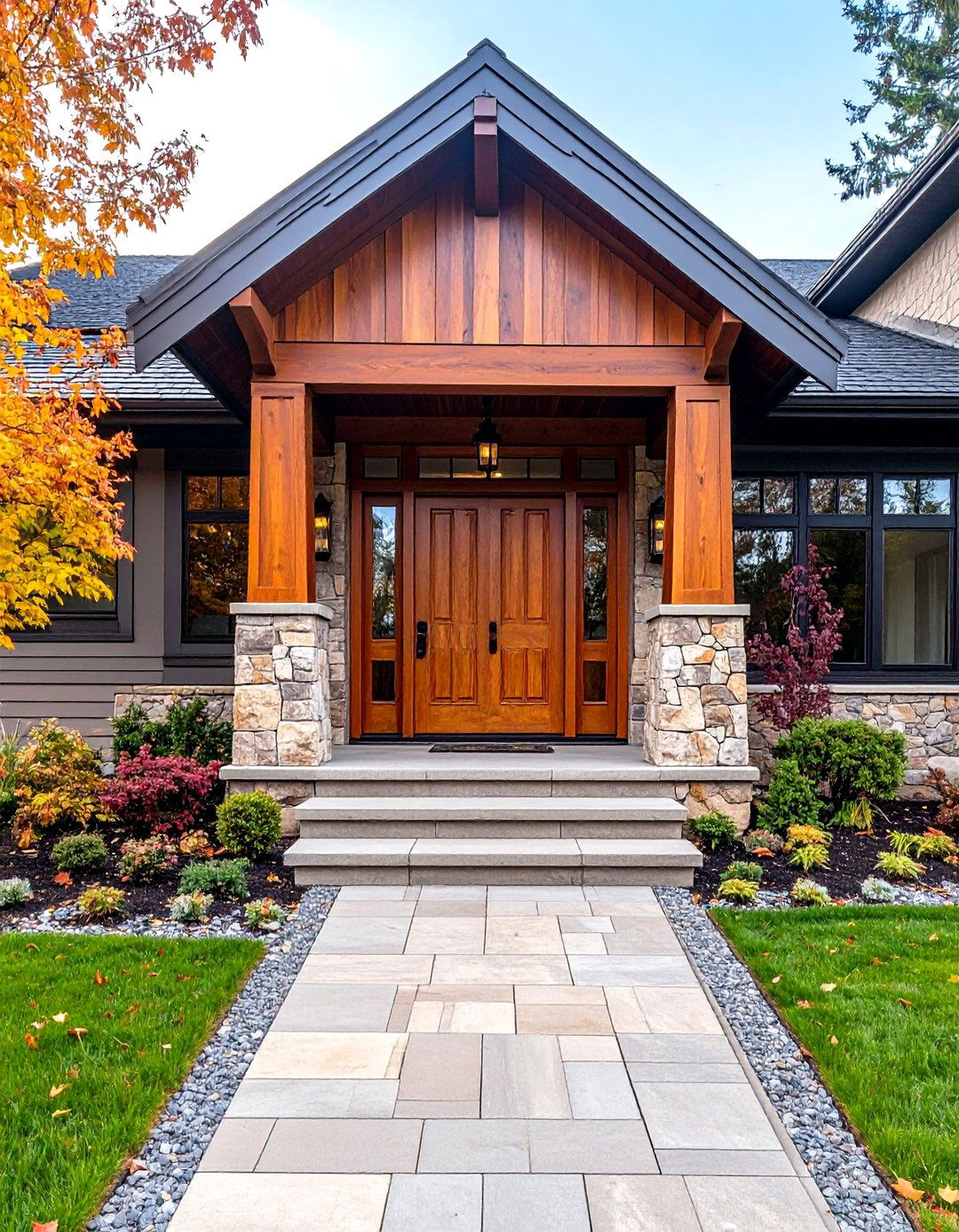
Stone surrounds paired with trim elements create sophisticated entrances that blend natural materials with architectural details. This door trim approach combines the permanence of masonry with the refinement of millwork. Consider using natural stone, cultured stone, or cast concrete elements as primary surrounds with wood or composite trim providing finished edges and detail work. The combination creates visual weight and suggests substantial construction quality. Stone surrounds work particularly well with arched openings and traditional architectural styles. Ensure proper water management where different materials meet to prevent moisture problems. The contrasting textures create sophisticated visual interest while the stone provides exceptional durability. This door trim solution works particularly well on traditional, Mediterranean, or craftsman-style homes. Consider lighting design to highlight the textural interplay between smooth trim and natural stone surfaces.
16. Painted Accent Door Trim
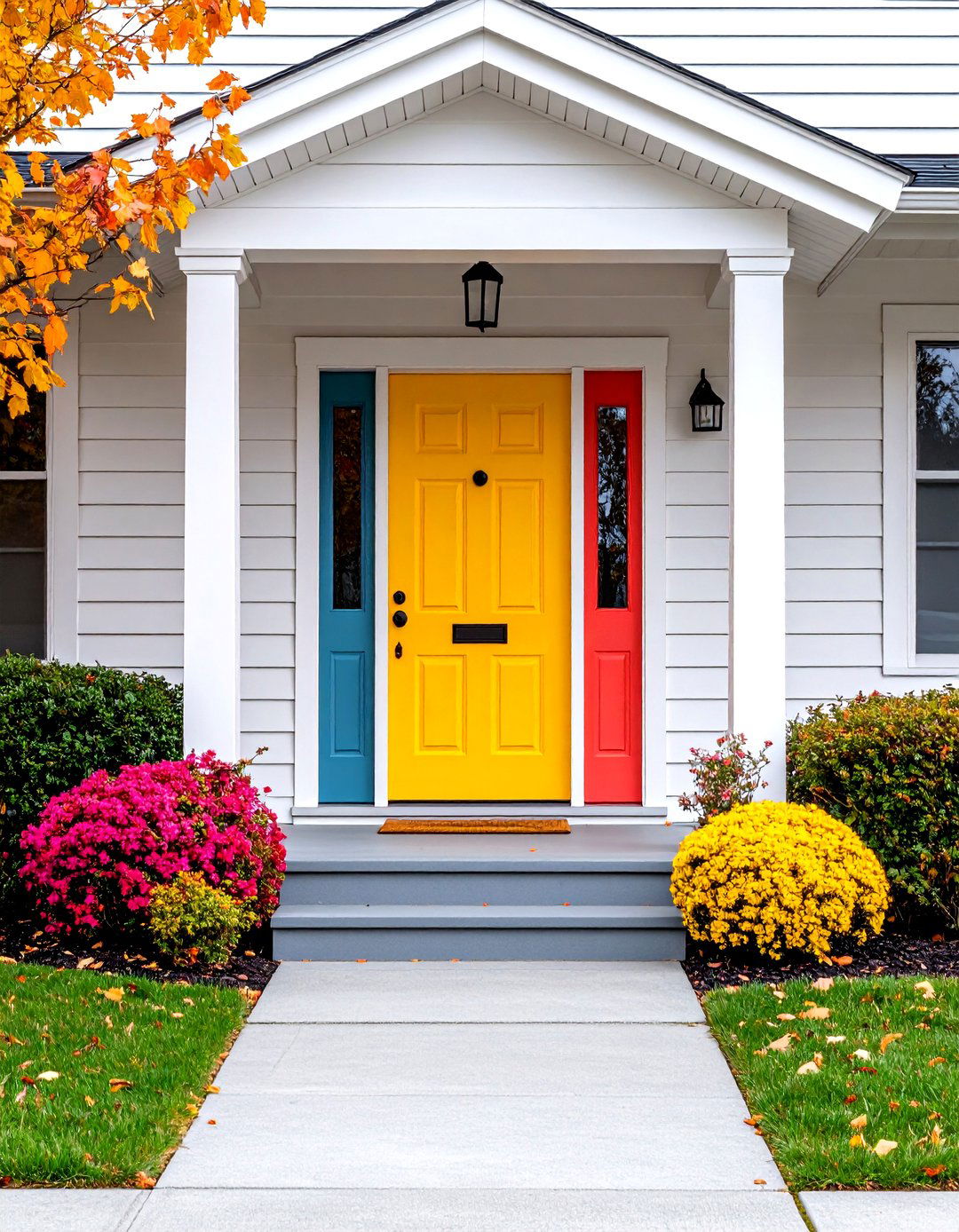
Bold trim colors can make doors pop against neutral siding while serving as striking design statements. This door trim approach uses color as the primary design element rather than complex profiles or expensive materials. Paint offers virtually unlimited color choices from subtle earth tones to eye-catching metallics. Consider your home's overall color palette when selecting trim colors, ensuring harmony with existing elements. High-quality exterior paint with UV protection prevents fading and extends time between repainting. Bold colors work particularly well on simple trim profiles where the color becomes the focal point. Complementary colors that relate to your home's palette create sophisticated coordination. This door trim approach allows easy updates when design preferences change. Consider seasonal decoration possibilities when planning color choices, ensuring your trim provides appropriate backdrop for various styling options.
17. Metal Accent Door Trim
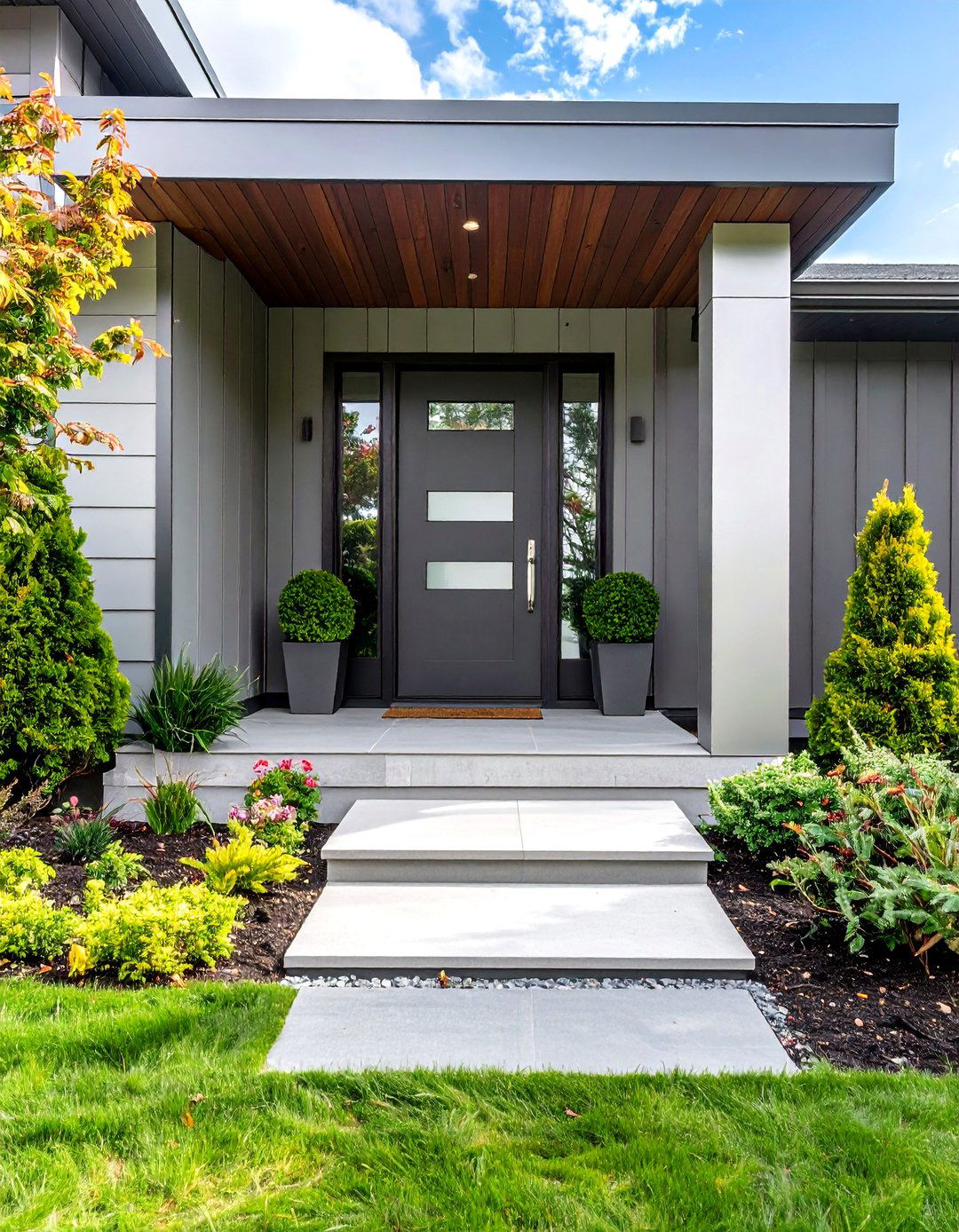
Metal trim offers longer lifespan and works well with panel siding systems, though it typically costs more than other materials. This door trim option provides sleek, contemporary appearance with exceptional durability. Consider copper, aluminum, steel, or bronze materials depending on your desired aesthetic and budget. Properly installed metal trim performs well over time, though repairs can be challenging if damage occurs. The material works particularly well in modern architectural applications where clean lines and industrial materials are celebrated. Metal trim accepts paint well if color changes are desired, though many installations showcase the natural metal finish. Consider thermal expansion characteristics when planning installation details. Metal trim is often selected for mixed-use developments and commercial projects due to its longevity. This door trim approach requires specialized cutting and installation techniques but provides unmatched durability and distinctive contemporary appearance.
18. Board and Batten Door Trim
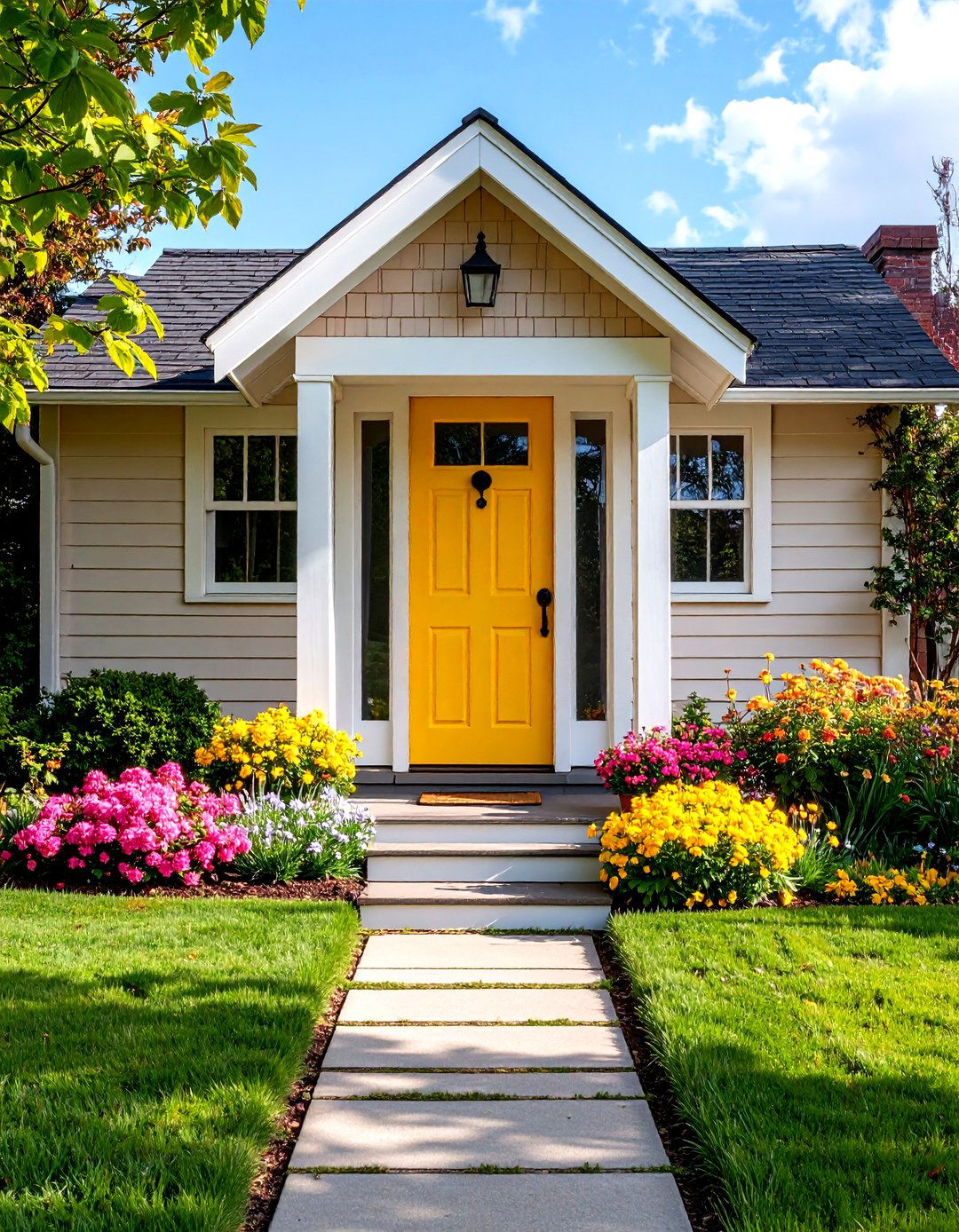
Board and batten door trim extends the popular siding style to entrance framing, creating visual continuity across your home's exterior. This door trim approach uses wide boards with narrow battens covering joints, producing distinctive vertical emphasis. The style works particularly well on farmhouse, cottage, and rustic contemporary homes. Consider using the same board widths and spacing as your siding for maximum visual integration. The vertical lines create height emphasis that can make entrances appear taller and more imposing. Modern interpretations can use fiber cement or composite materials for improved weather resistance while maintaining authentic appearance. This door trim style accepts both paint and stain finishes beautifully. The dimensional variation creates interesting shadow patterns throughout the day. Installation requires careful attention to weatherproofing where battens meet underlying boards. This approach provides substantial visual texture while remaining relatively simple to install and maintain.
19. Crosshead and Fluted Pilaster Trim

Crosshead and fluted pilaster combinations create formal, classical entrances reminiscent of Georgian and Federal architectural styles. This door trim approach features decorative columns with vertical grooves flanking the door opening. Pilasters are typically extra-wide, fluted trim pieces that work with crossheads and upper pediments for sophisticated styling. The fluted details add texture and visual interest while maintaining classical proportions. Modern polyurethane versions offer authentic appearance with superior weather resistance and lower maintenance requirements. Consider the relationship between pilaster width and door size to ensure proper proportional balance. The crosshead element can incorporate decorative details like dentil molding or central medallions. This door trim style works exceptionally well on colonial, Georgian, and neoclassical home designs. Professional installation ensures proper alignment and weather sealing of these substantial architectural elements.
20. Seamless Flush Mount Door Trim

Seamless doorways eliminate traditional trim for ultra-modern, minimalist aesthetic that blends doors into surrounding walls. This cutting-edge door trim approach creates clean, uninterrupted surfaces that emphasize architectural purity. The technique works particularly well when doors match wall colors and textures exactly. Flush installations work best for contemporary and modern-minimalist designs where traditional trim might appear fussy. Consider hidden hinge systems and concealed hardware for maximum visual cleanliness. The approach requires precise construction tolerances and expert installation to achieve seamless results. Weather sealing becomes critical since traditional trim elements that shed water are eliminated. This door trim solution works well for garage entries, service doors, or contemporary main entrances where architectural restraint is desired. The result creates sophisticated, gallery-like appearance that emphasizes the door as a pure geometric element within the building's composition.
Conclusion:
Transforming your home's exterior starts with attention to architectural details, and door trim represents one of the most impactful yet accessible improvement opportunities. The twenty trim ideas explored here demonstrate the remarkable range of possibilities available to homeowners, from traditional pilaster designs that evoke classical elegance to cutting-edge seamless installations that celebrate contemporary minimalism. Modern material options like fiber cement and advanced composites offer the beauty of traditional wood with superior durability and reduced maintenance requirements. Whether you're drawn to bold color statements, natural material authenticity, or architectural sophistication, the right trim choice enhances both curb appeal and property value. Remember that door trim serves both aesthetic and protective functions, making material selection and proper installation crucial for long-term success. These design ideas provide starting points for creating an entrance that truly reflects your personal style while respecting your home's architectural character and enhancing its welcoming presence in your neighborhood.


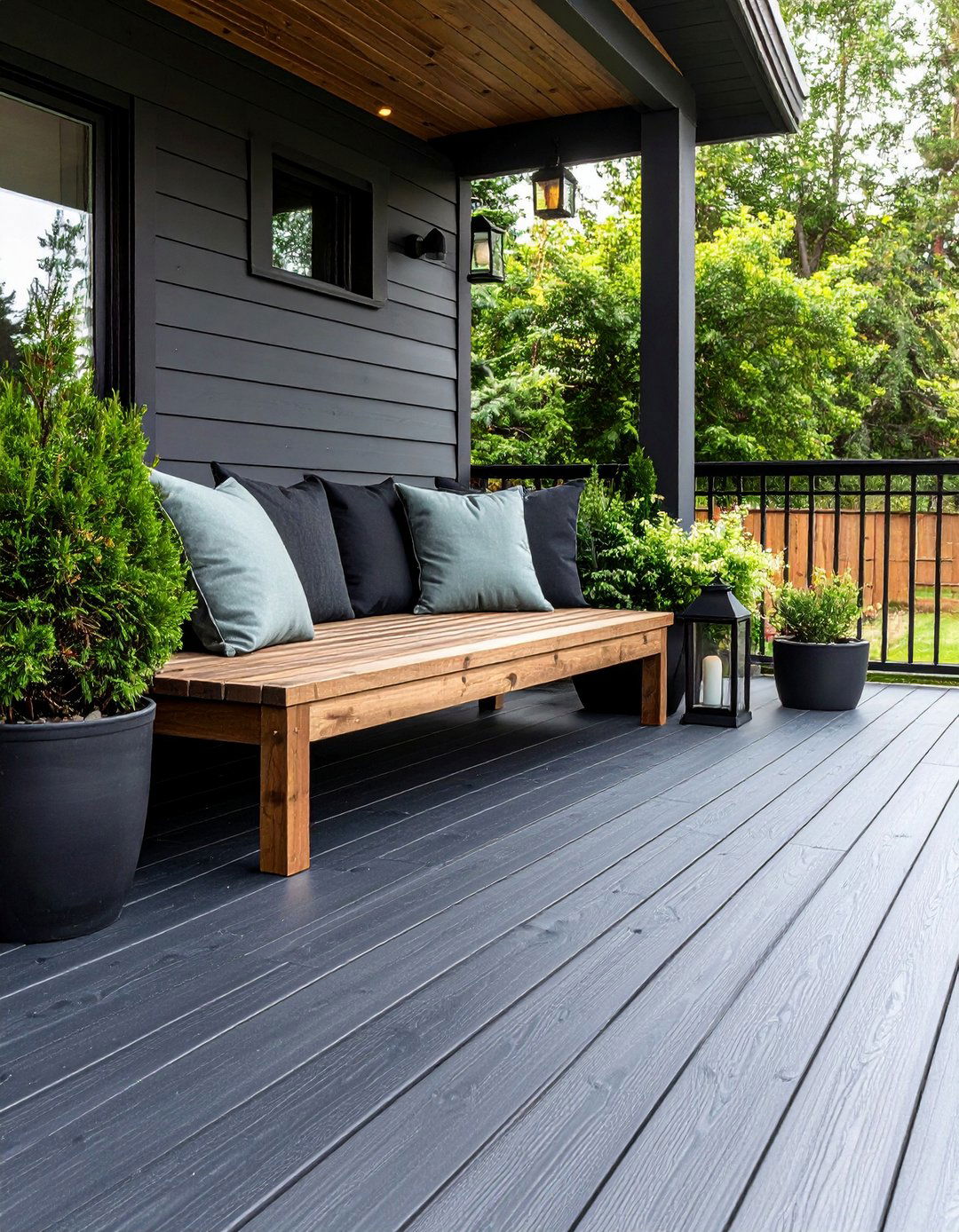
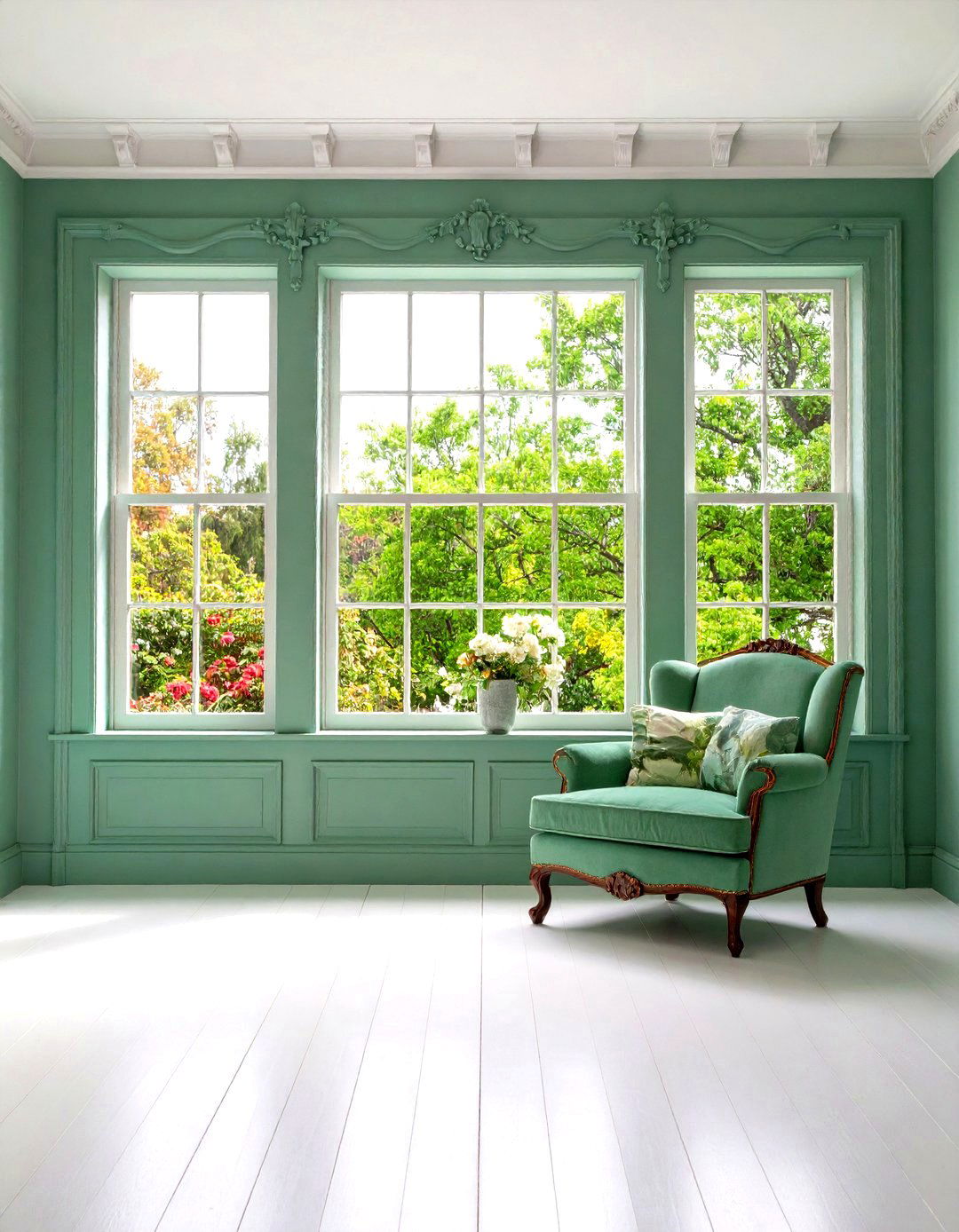
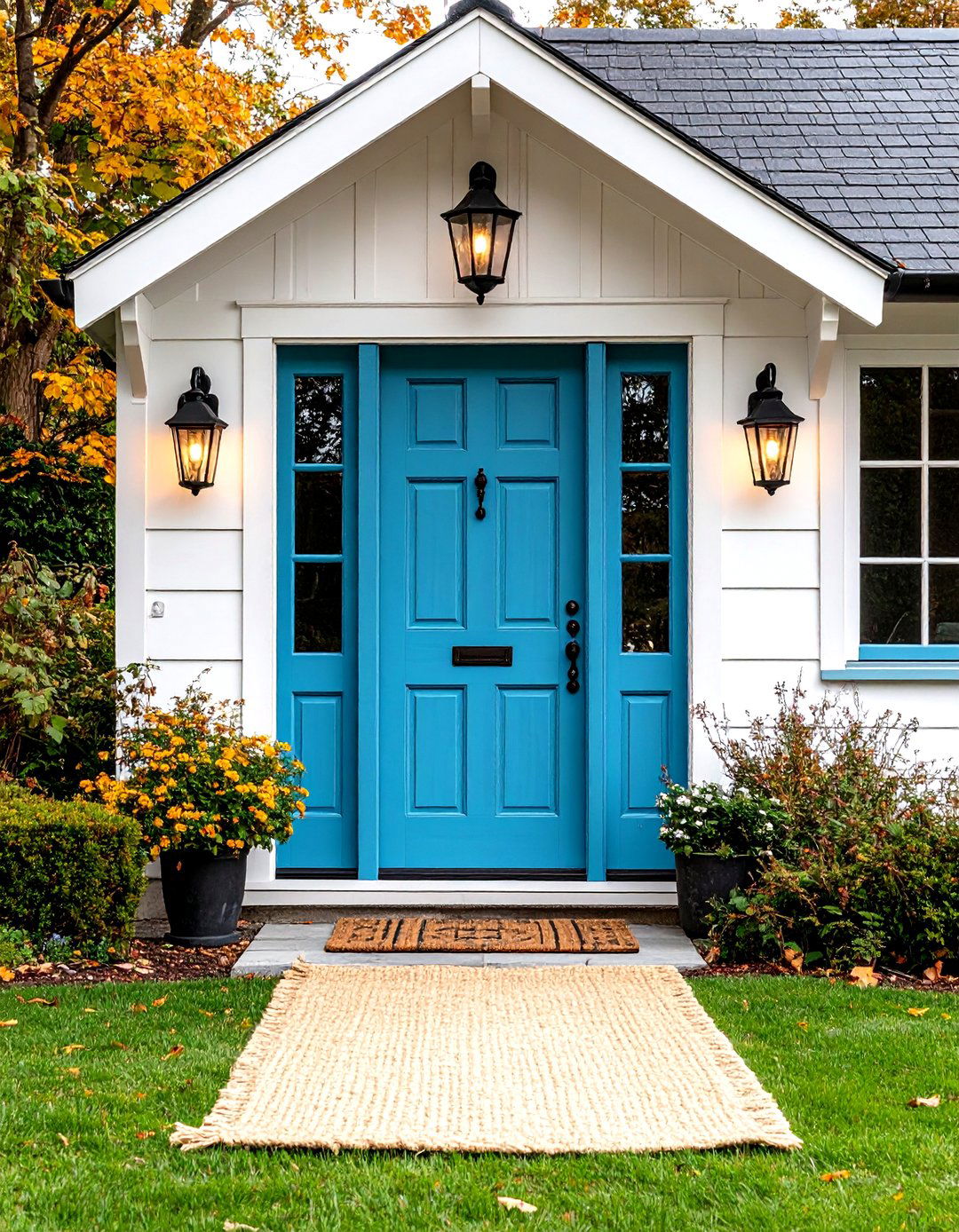
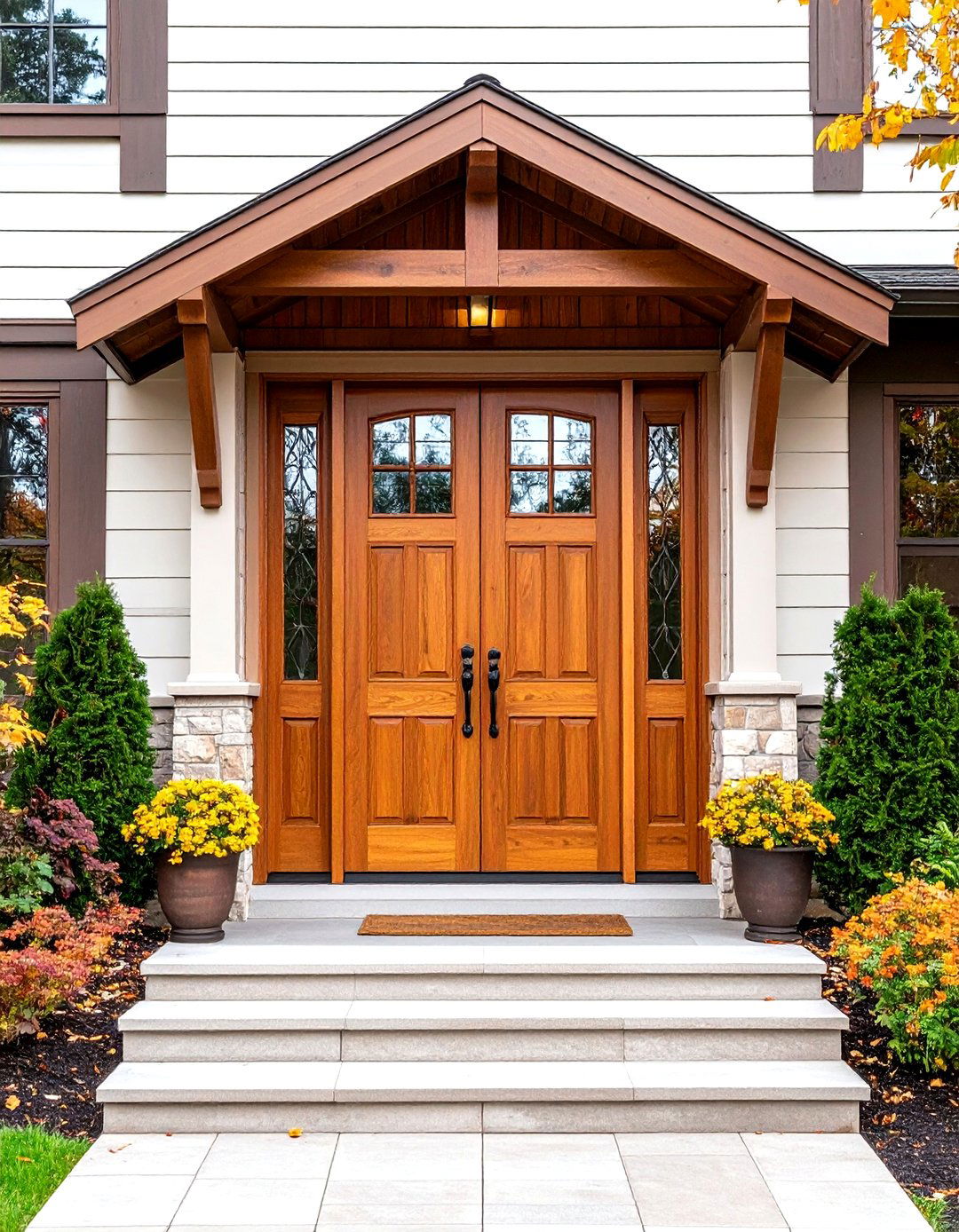
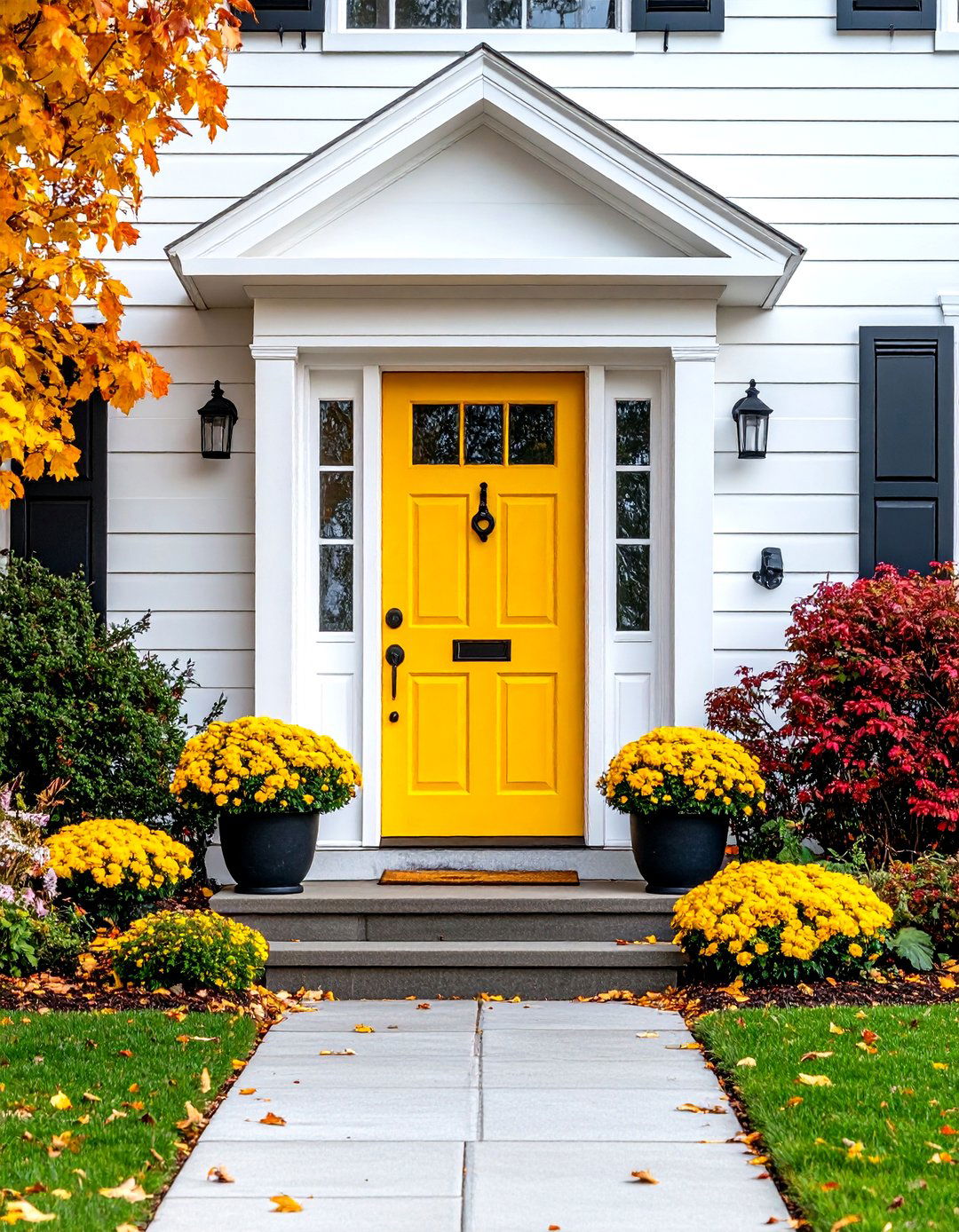
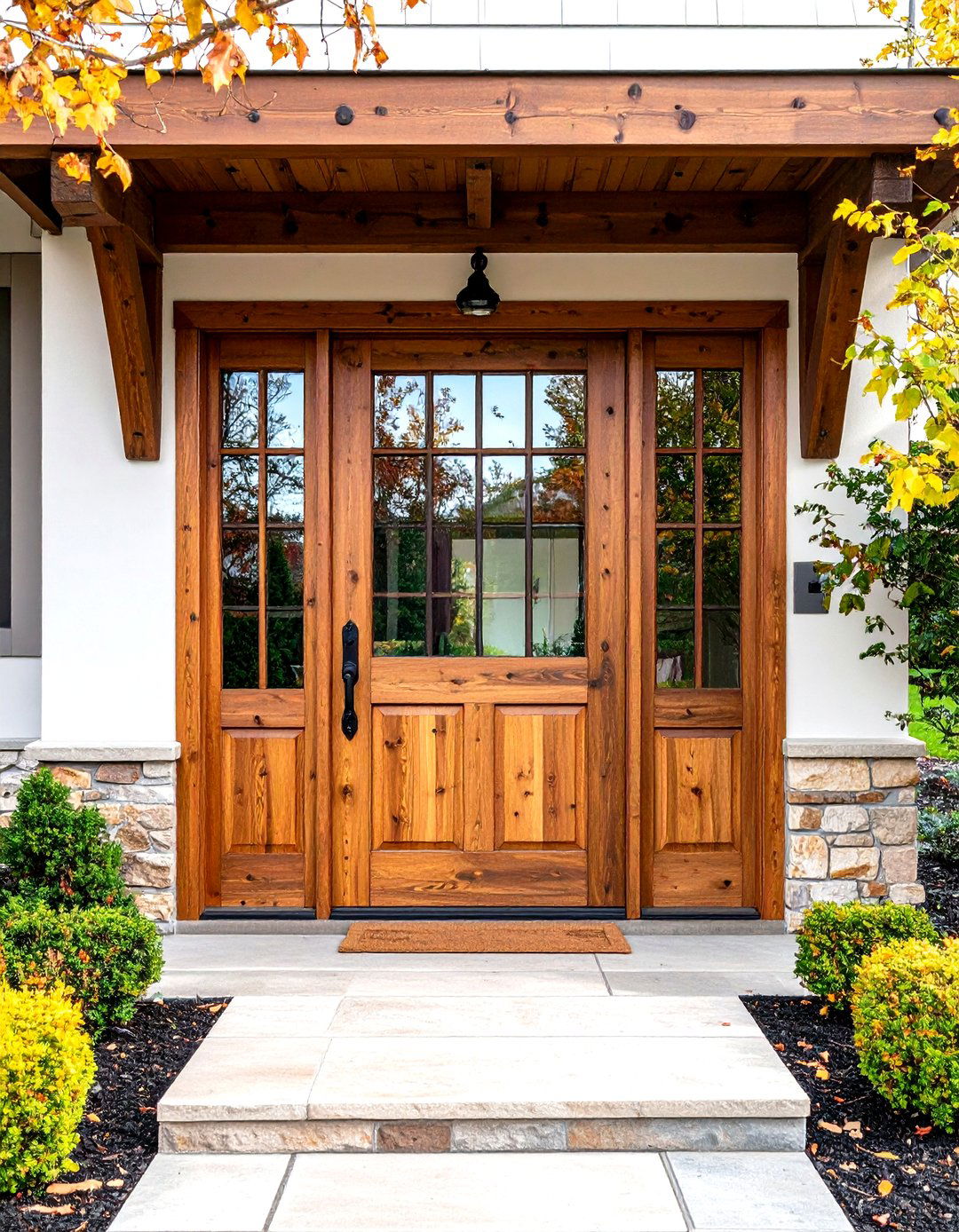
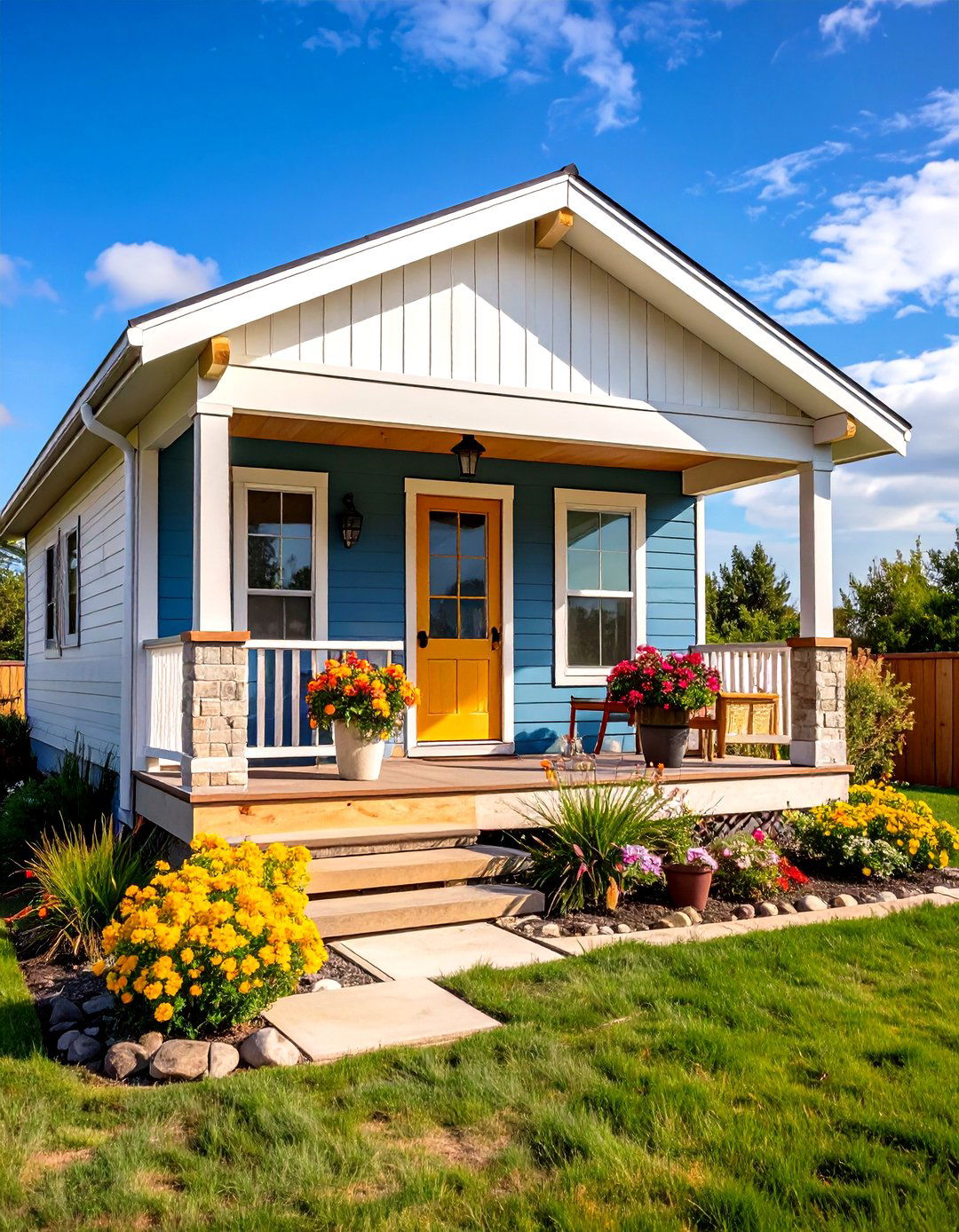
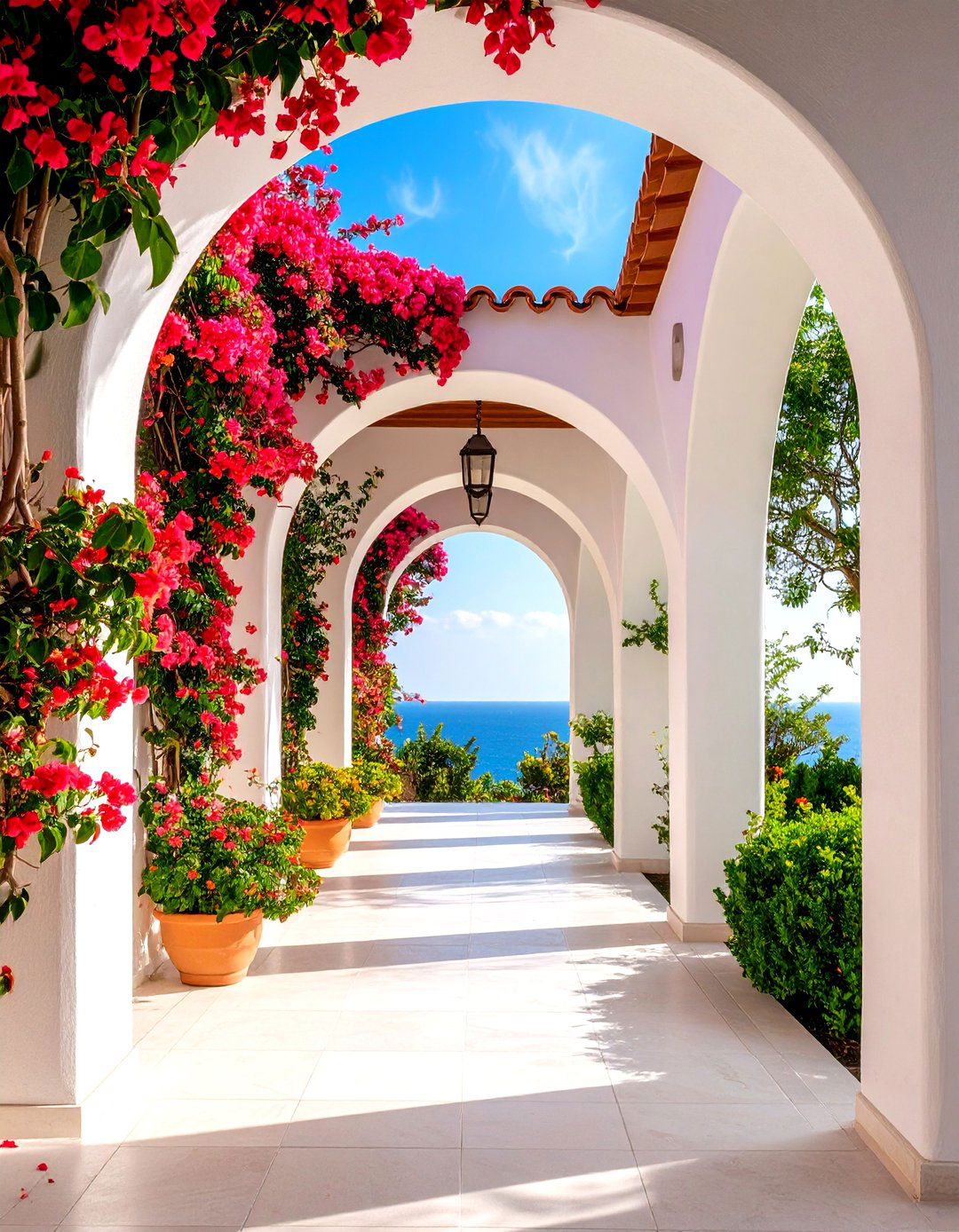
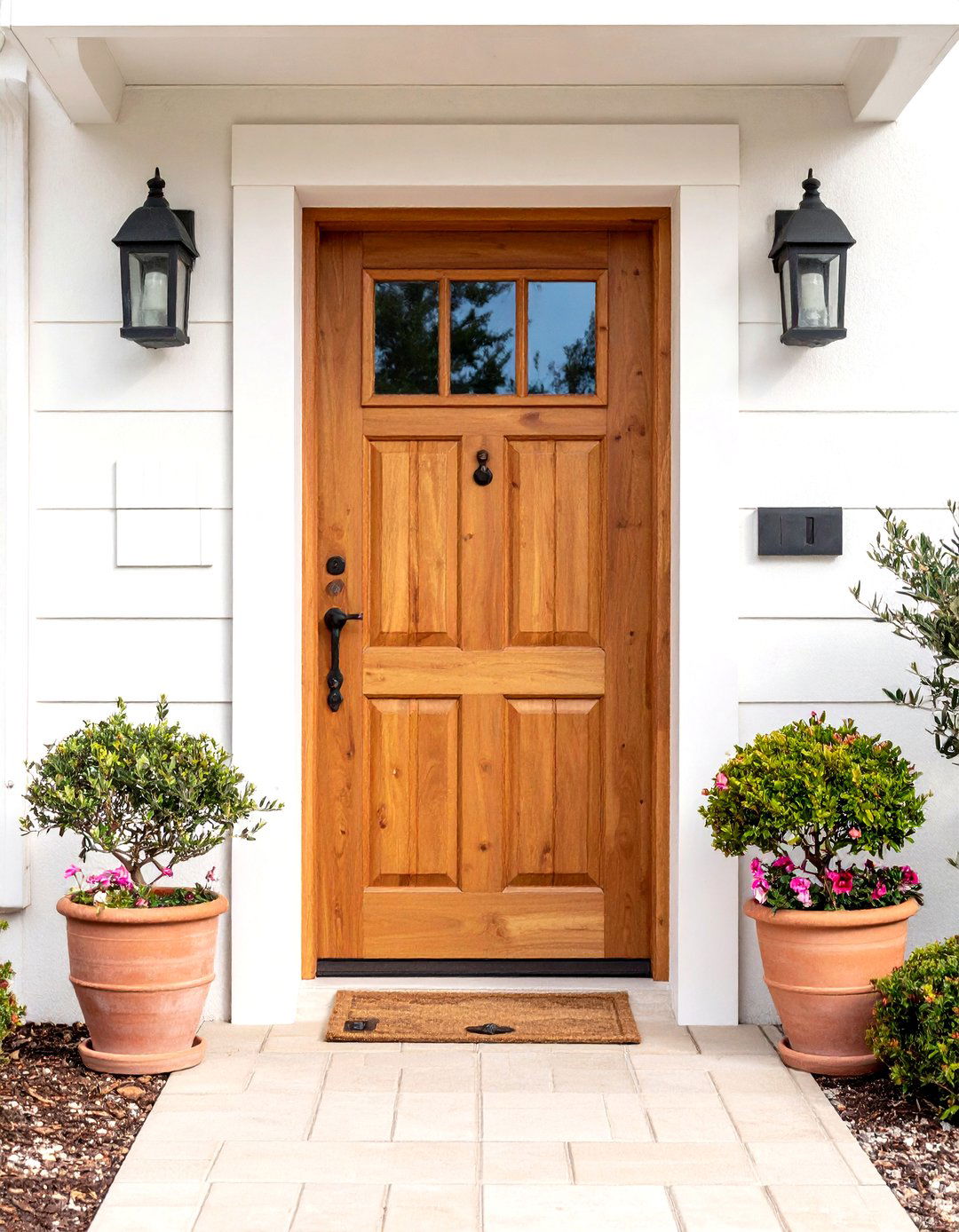
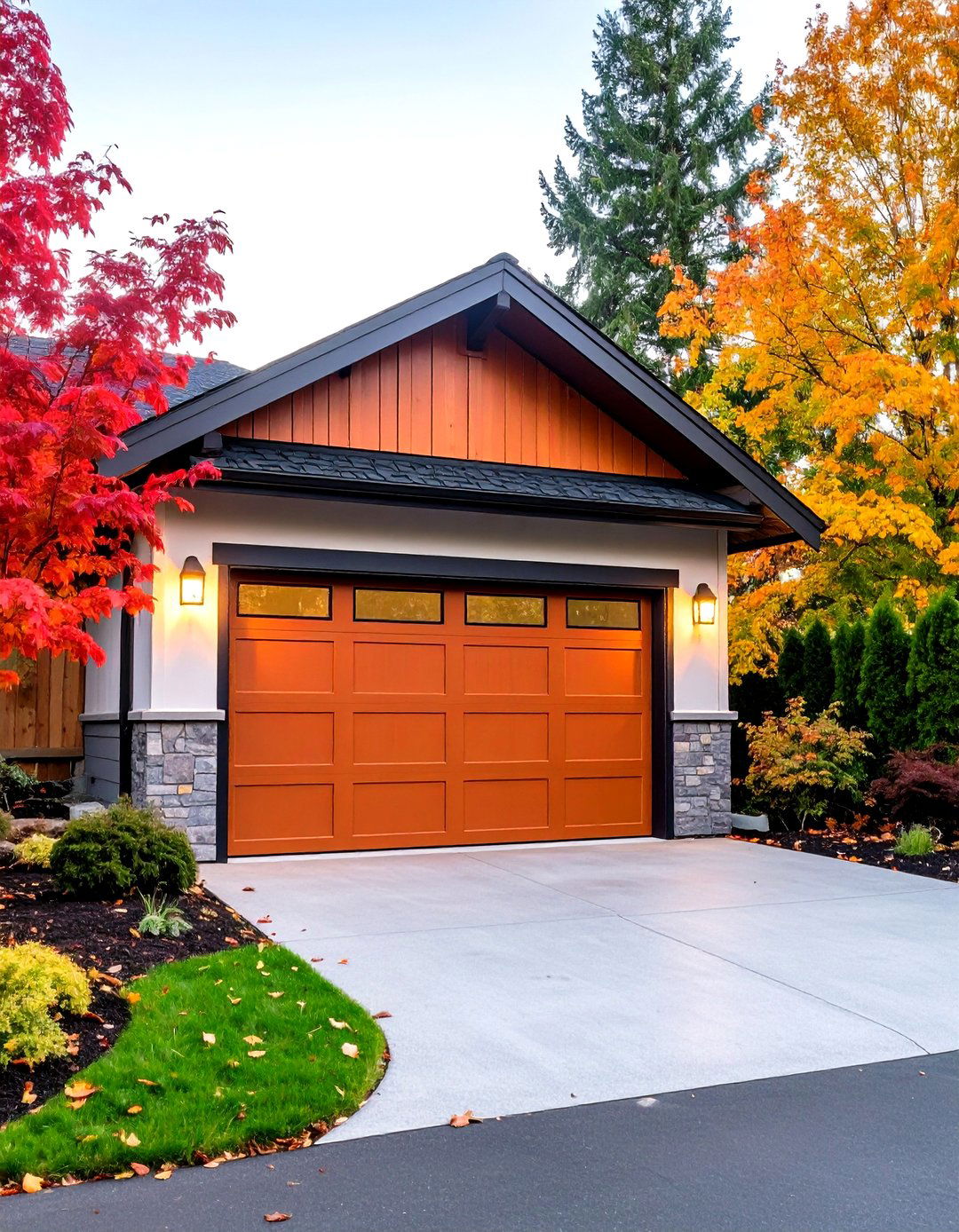
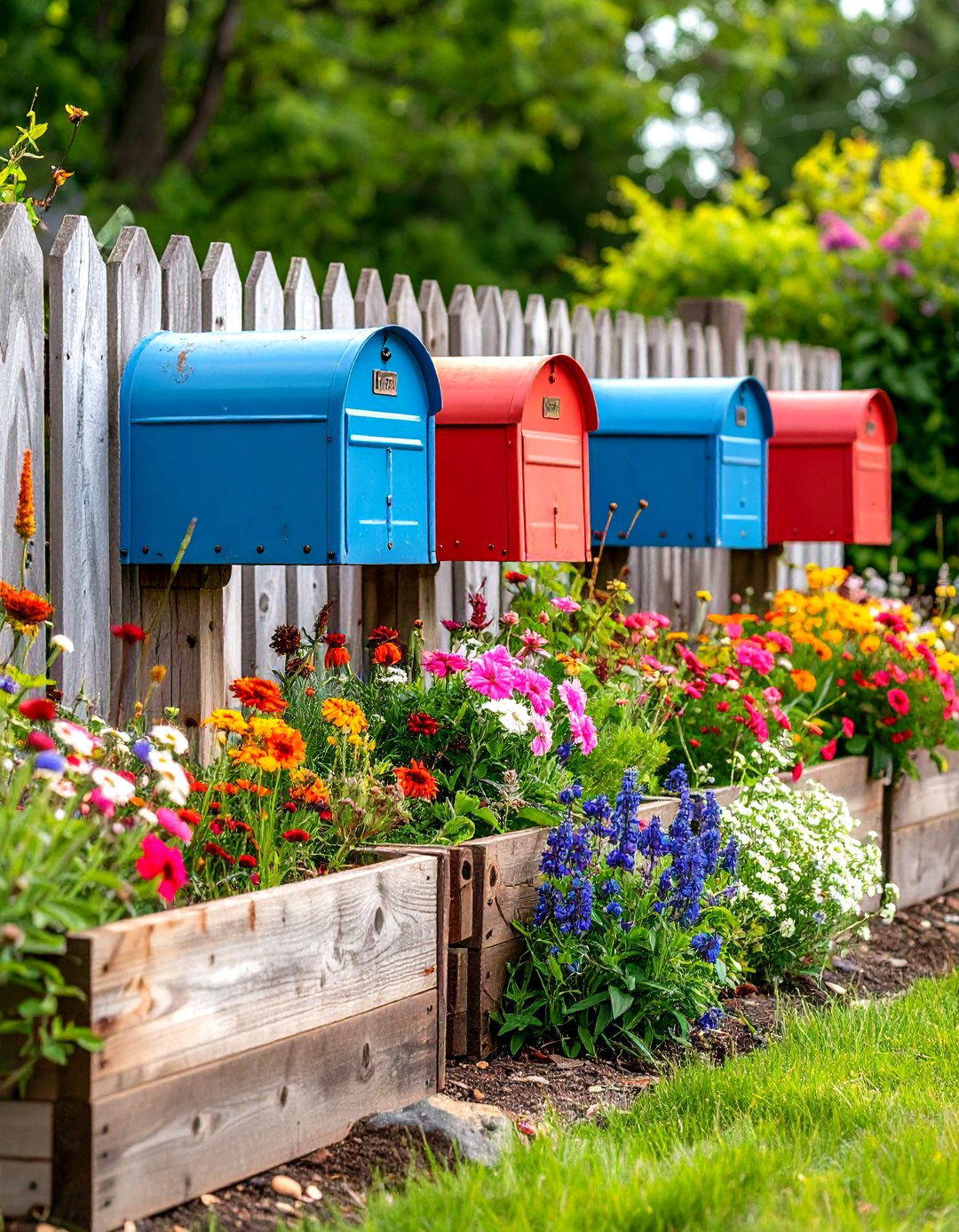
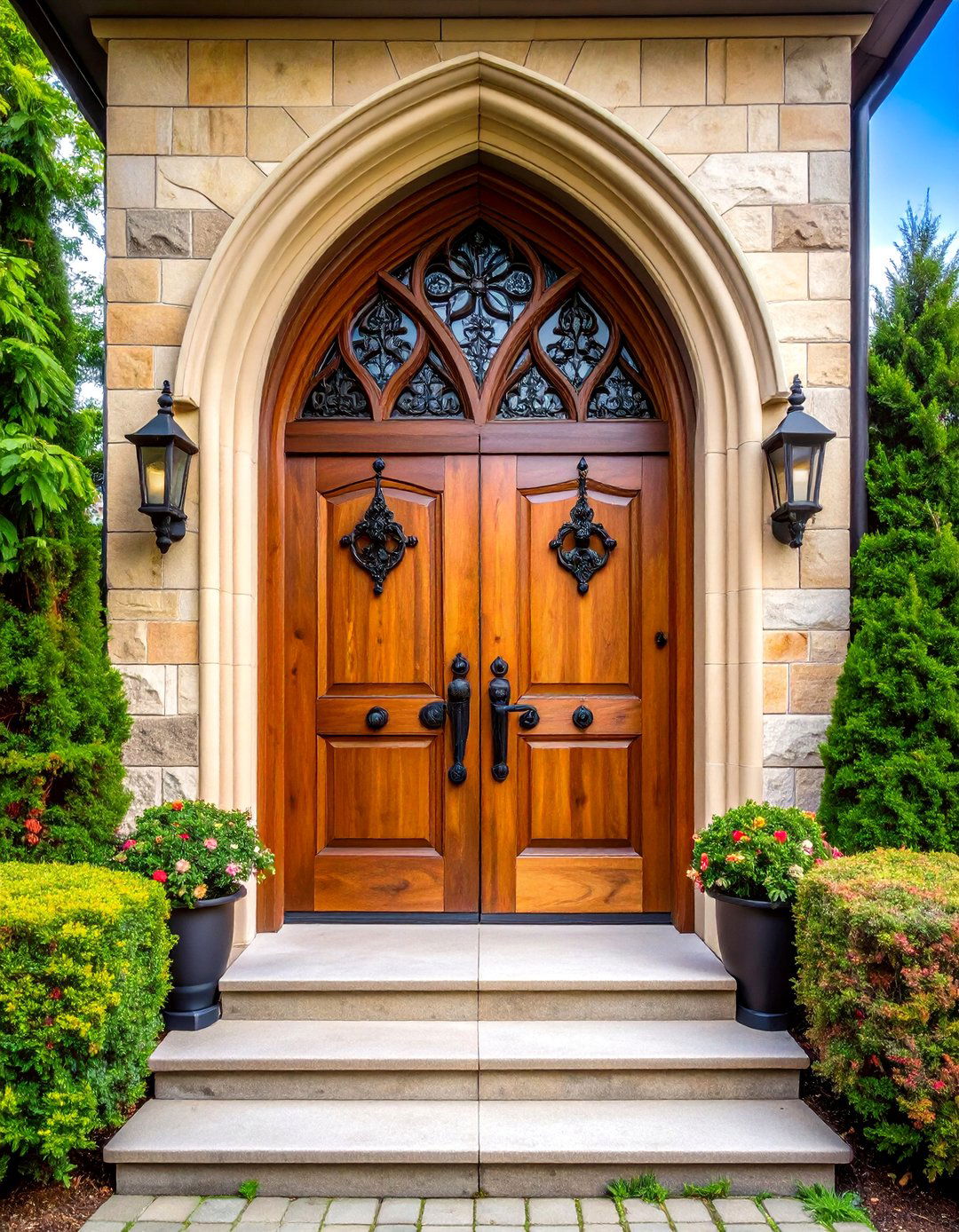
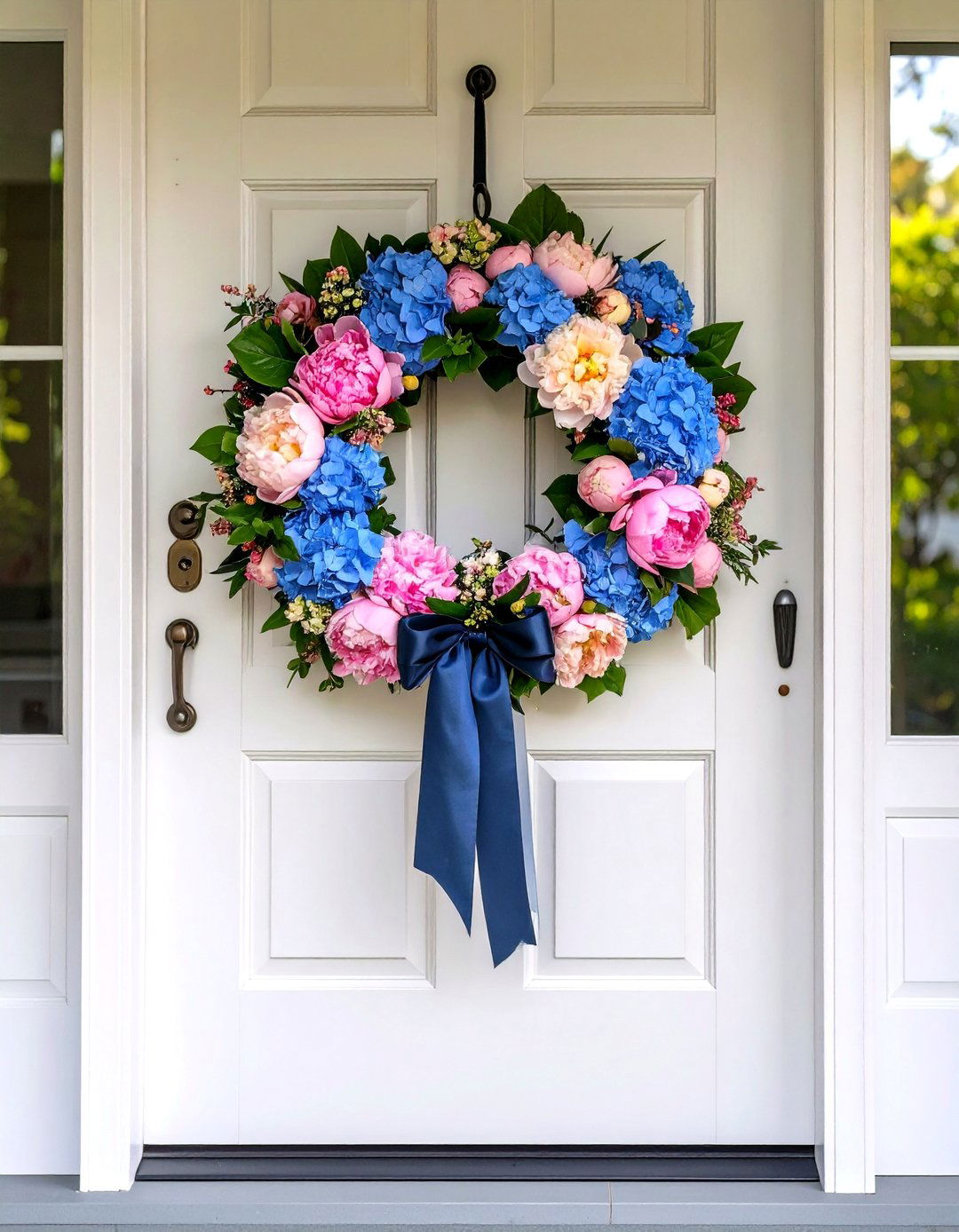
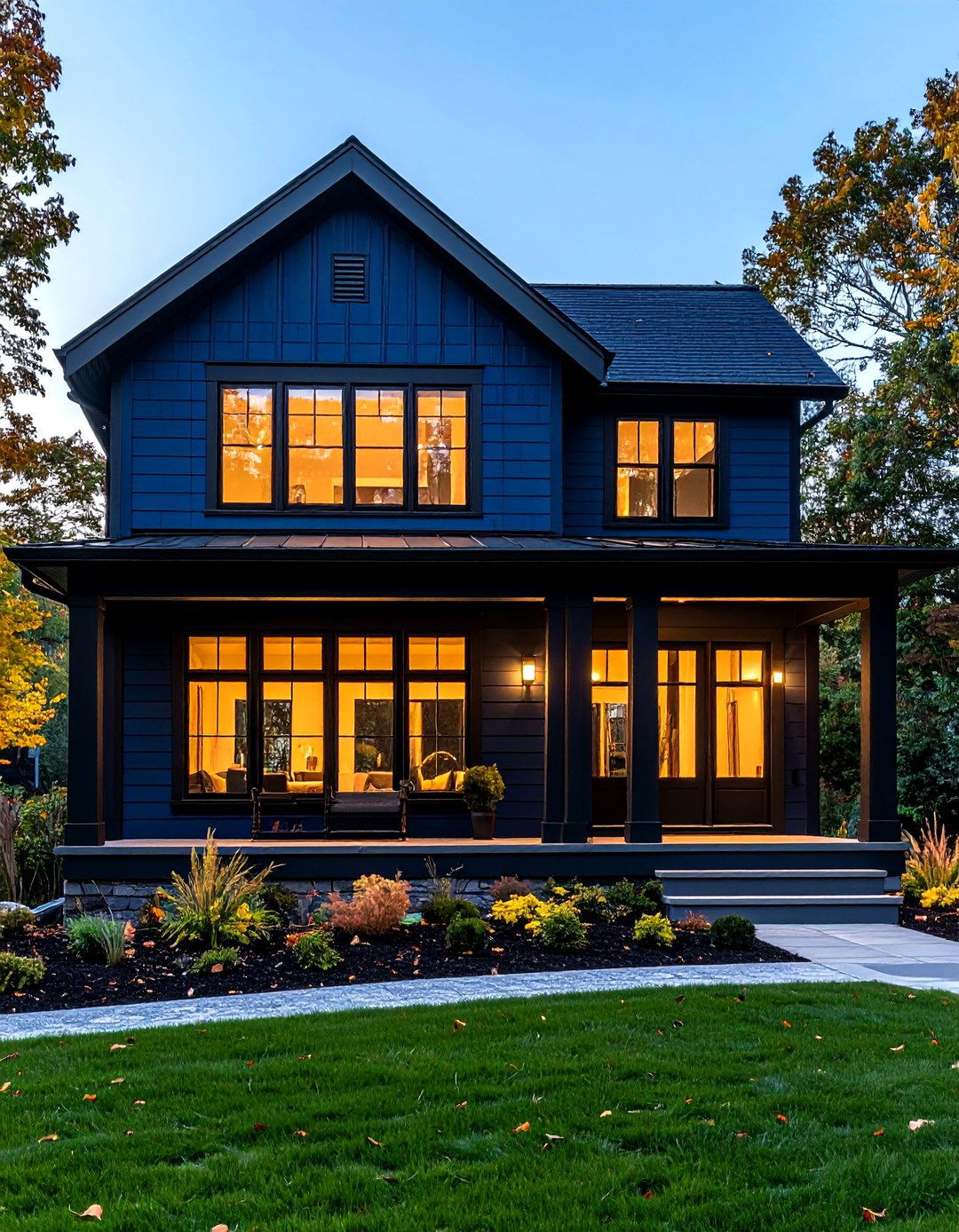
Leave a Reply